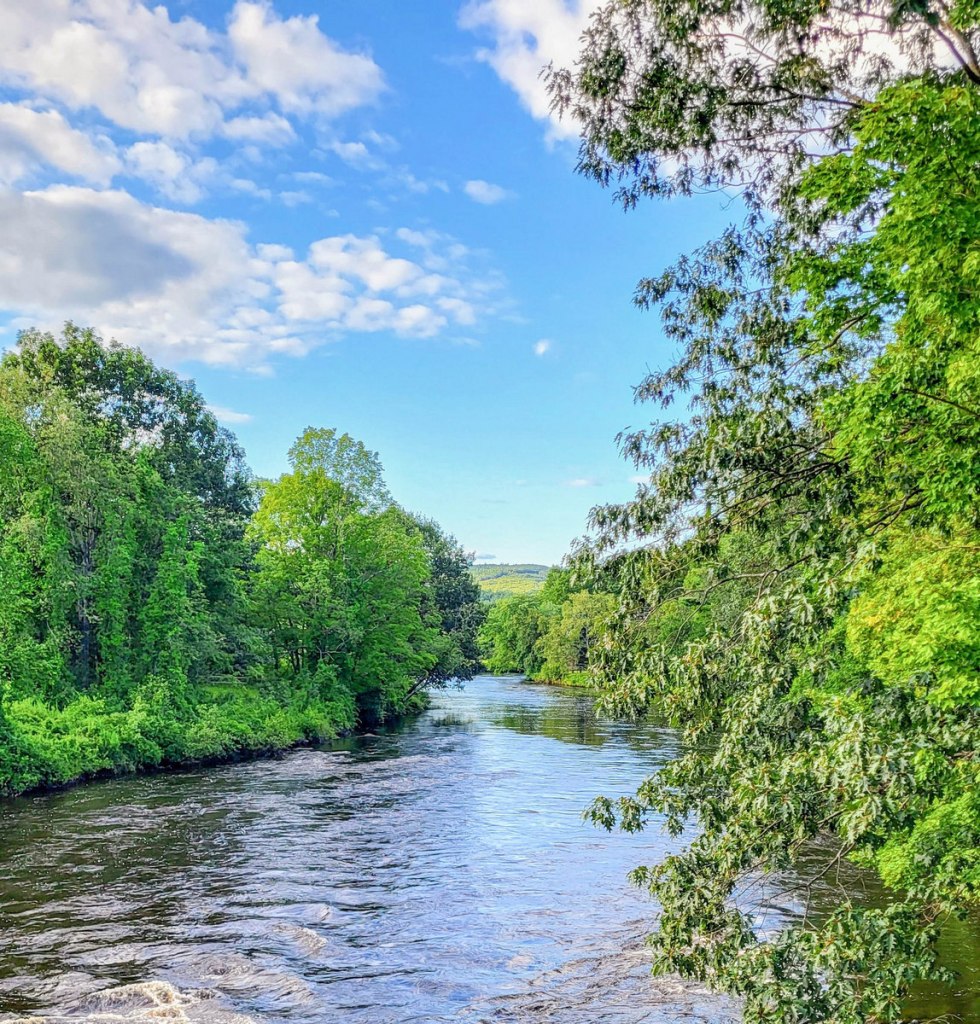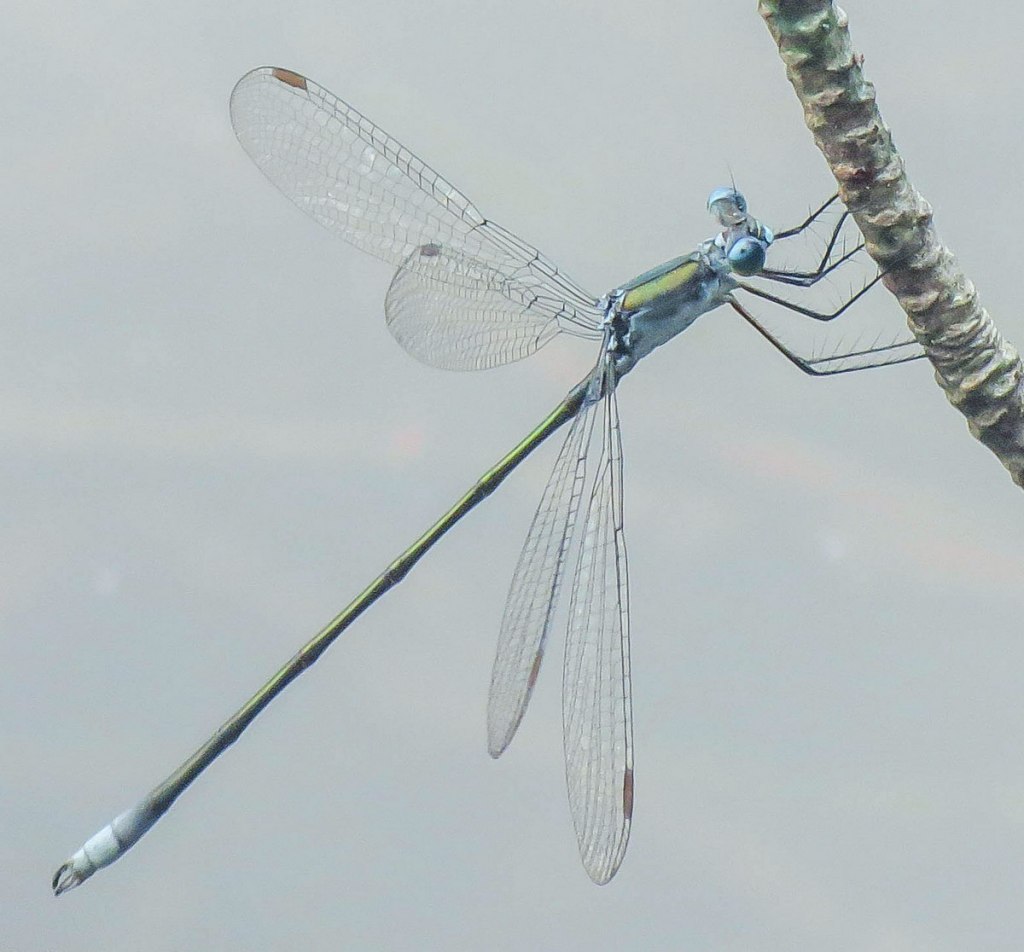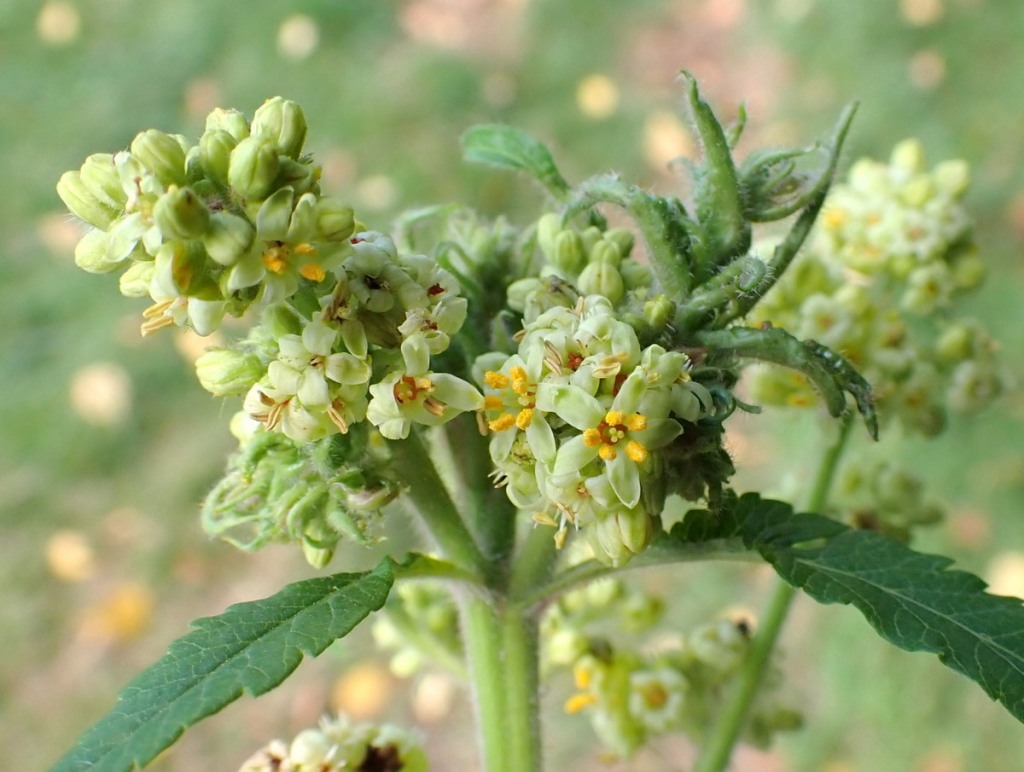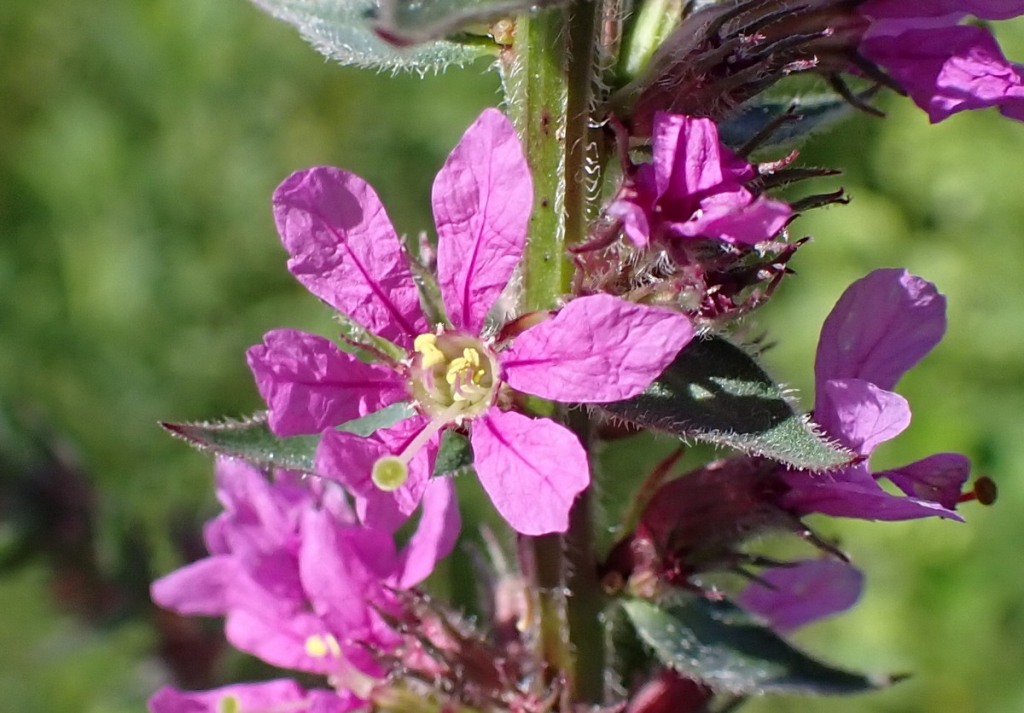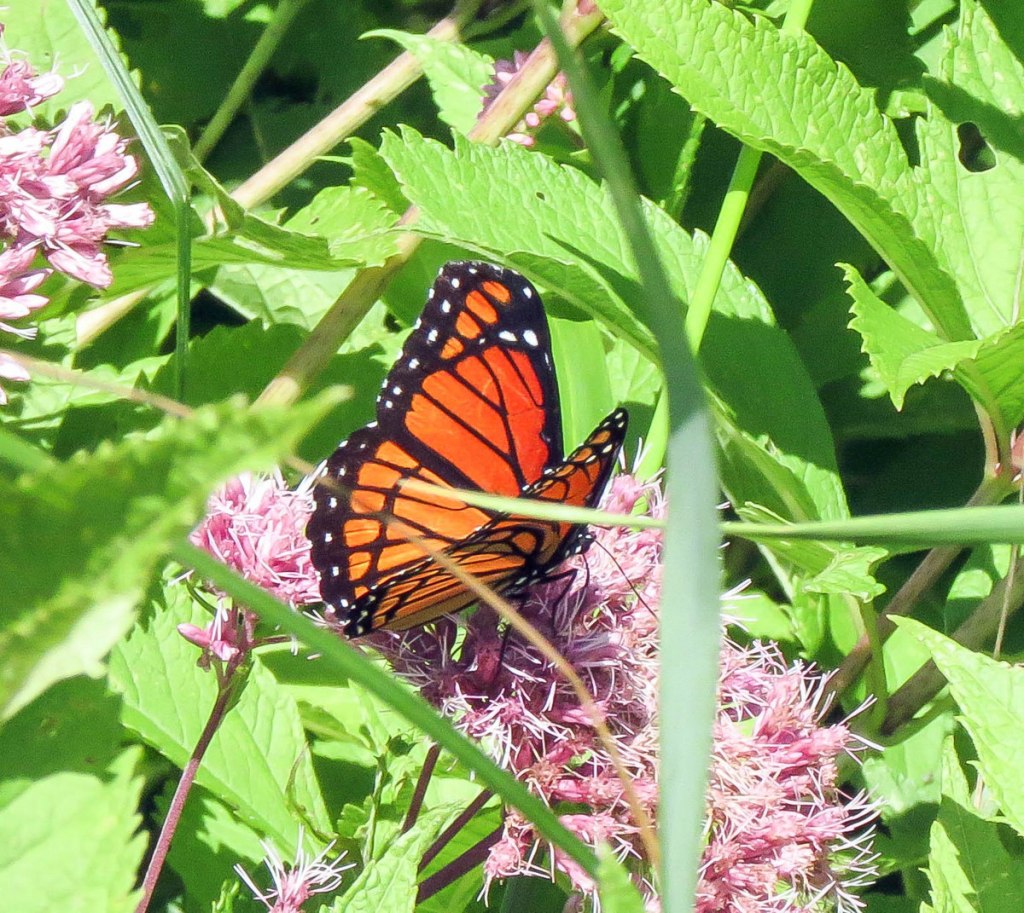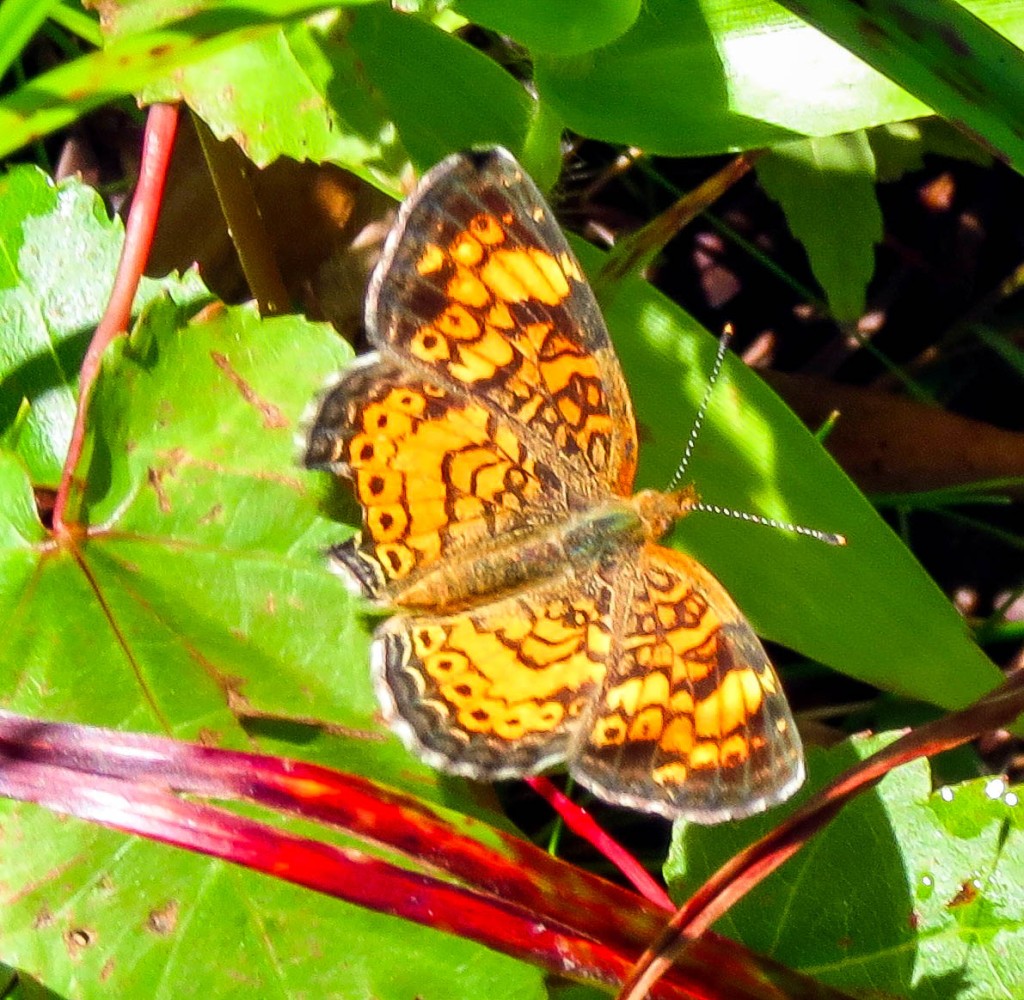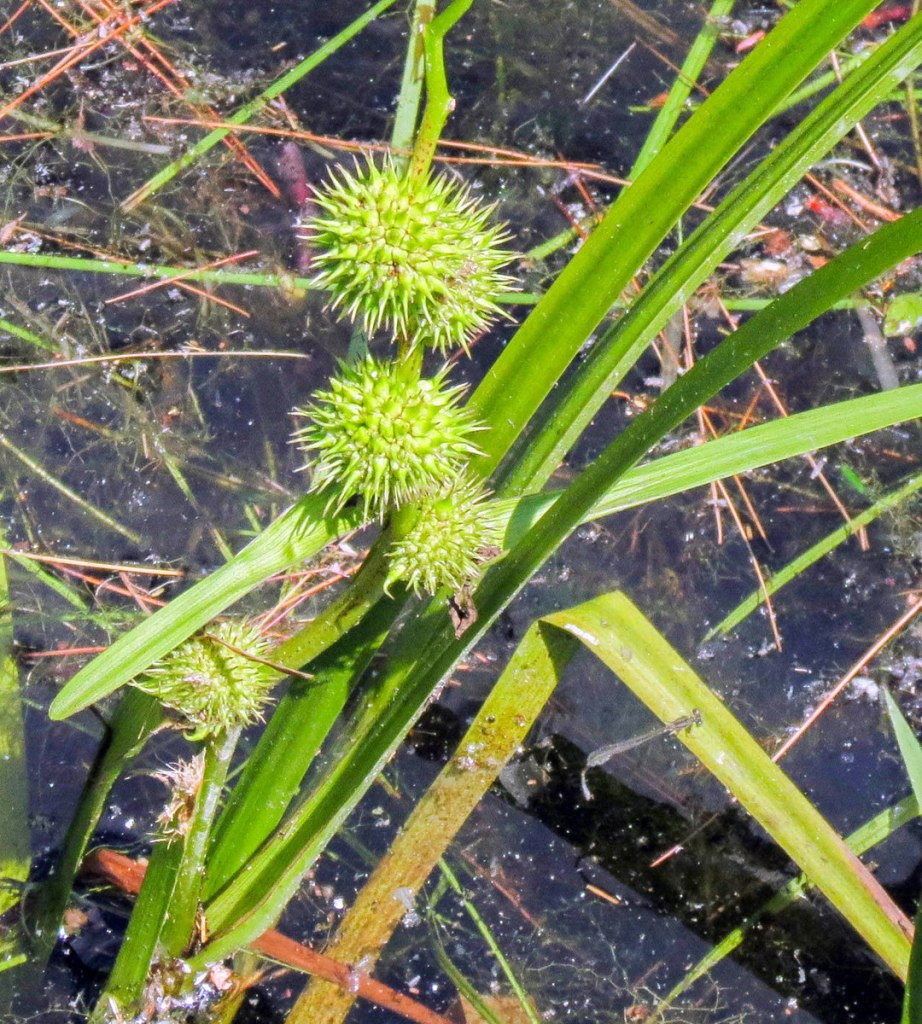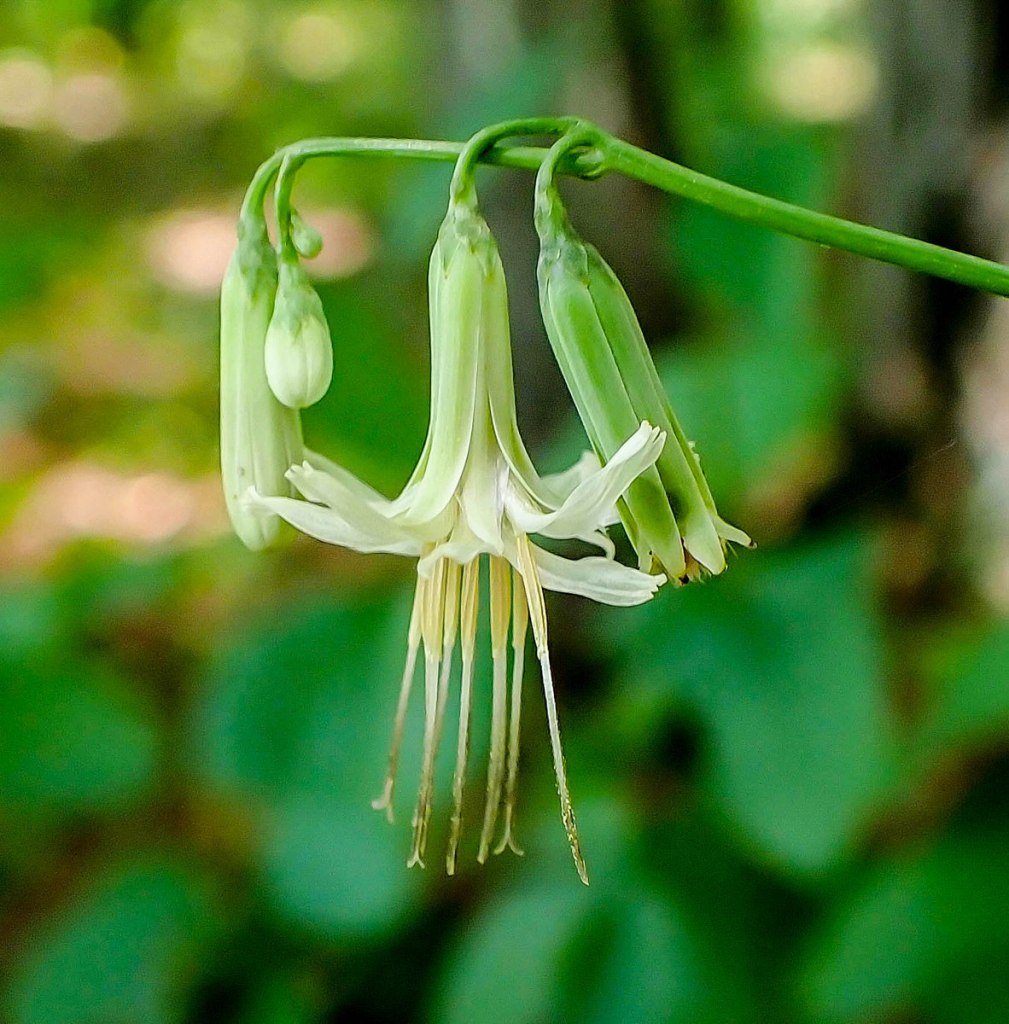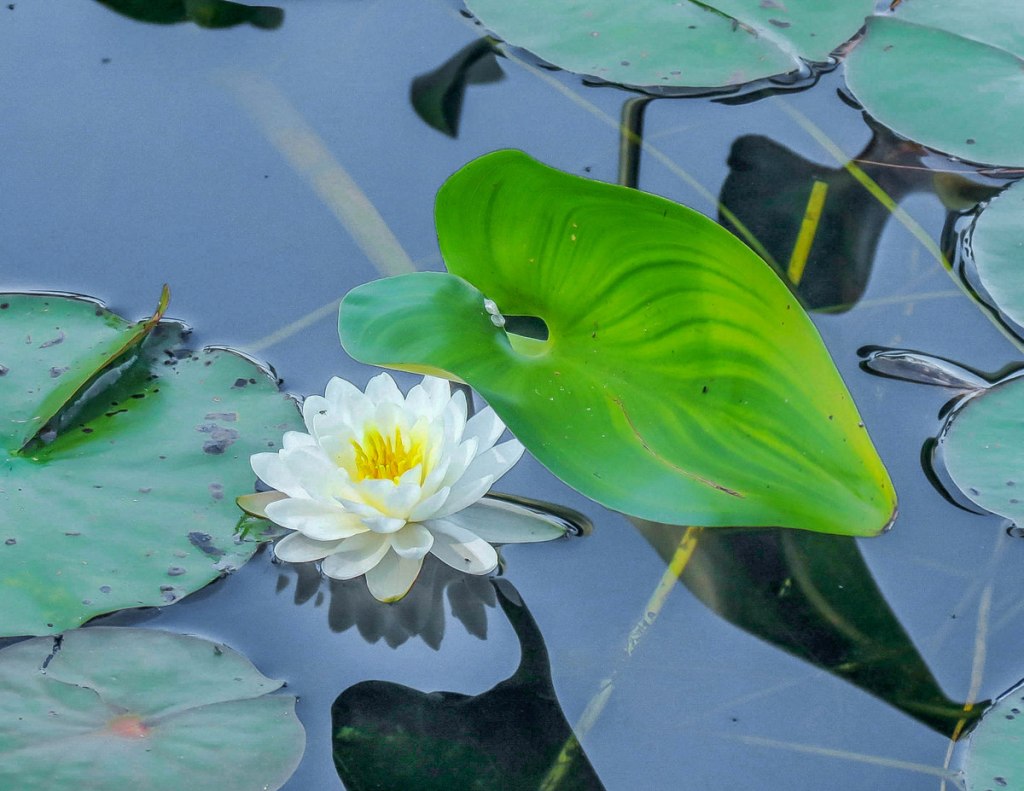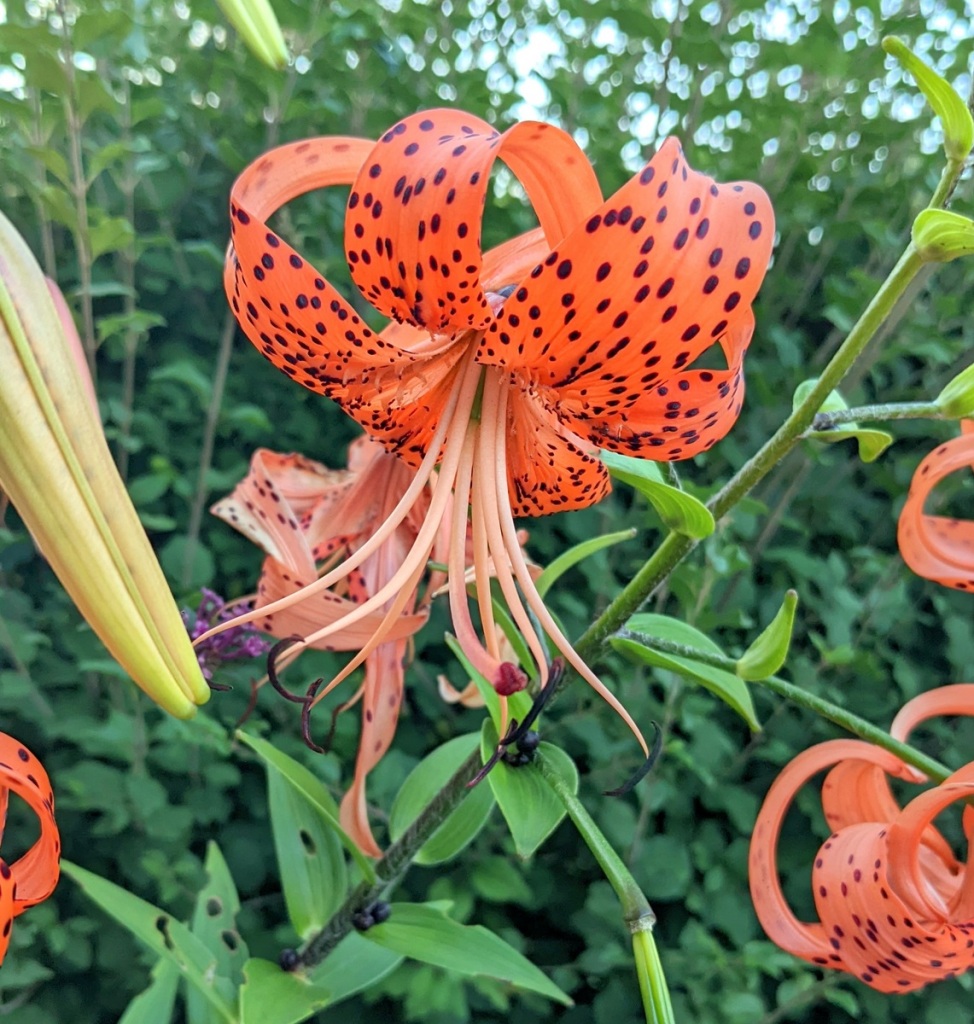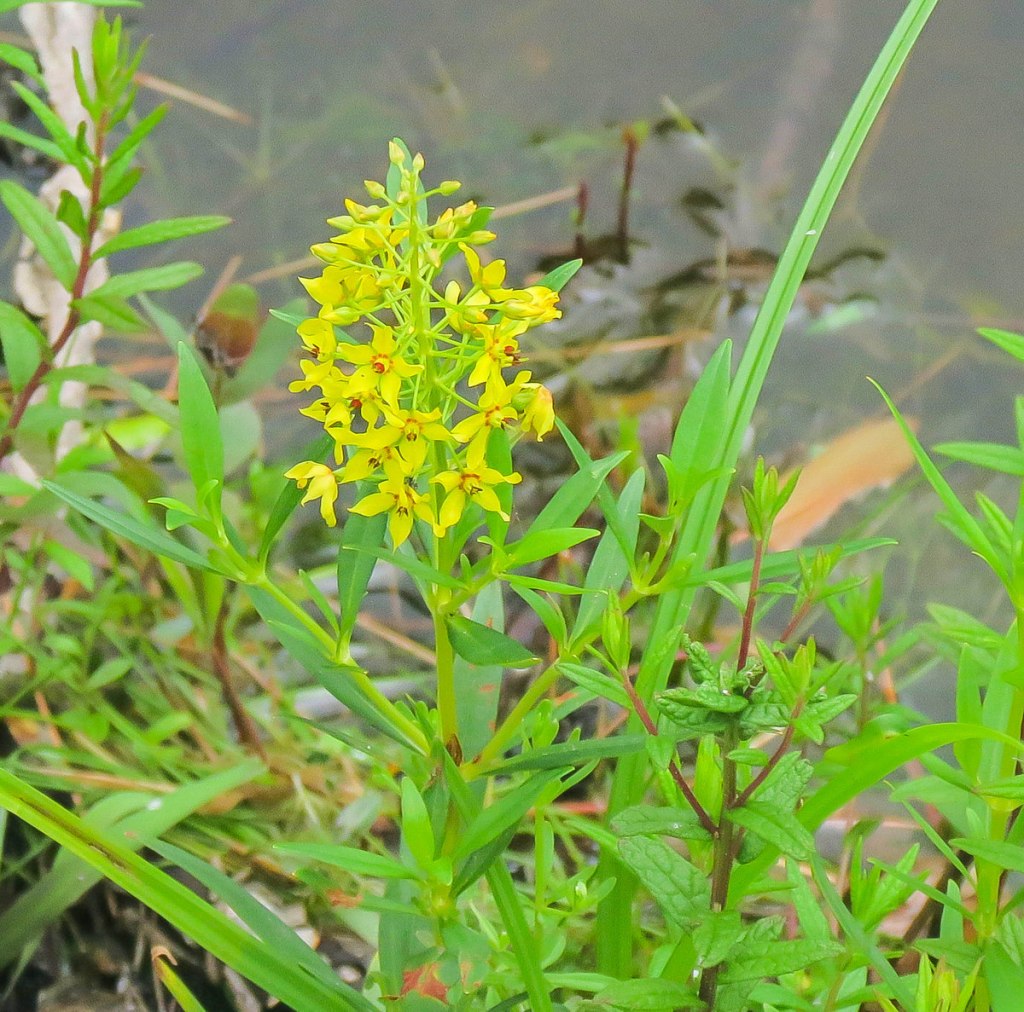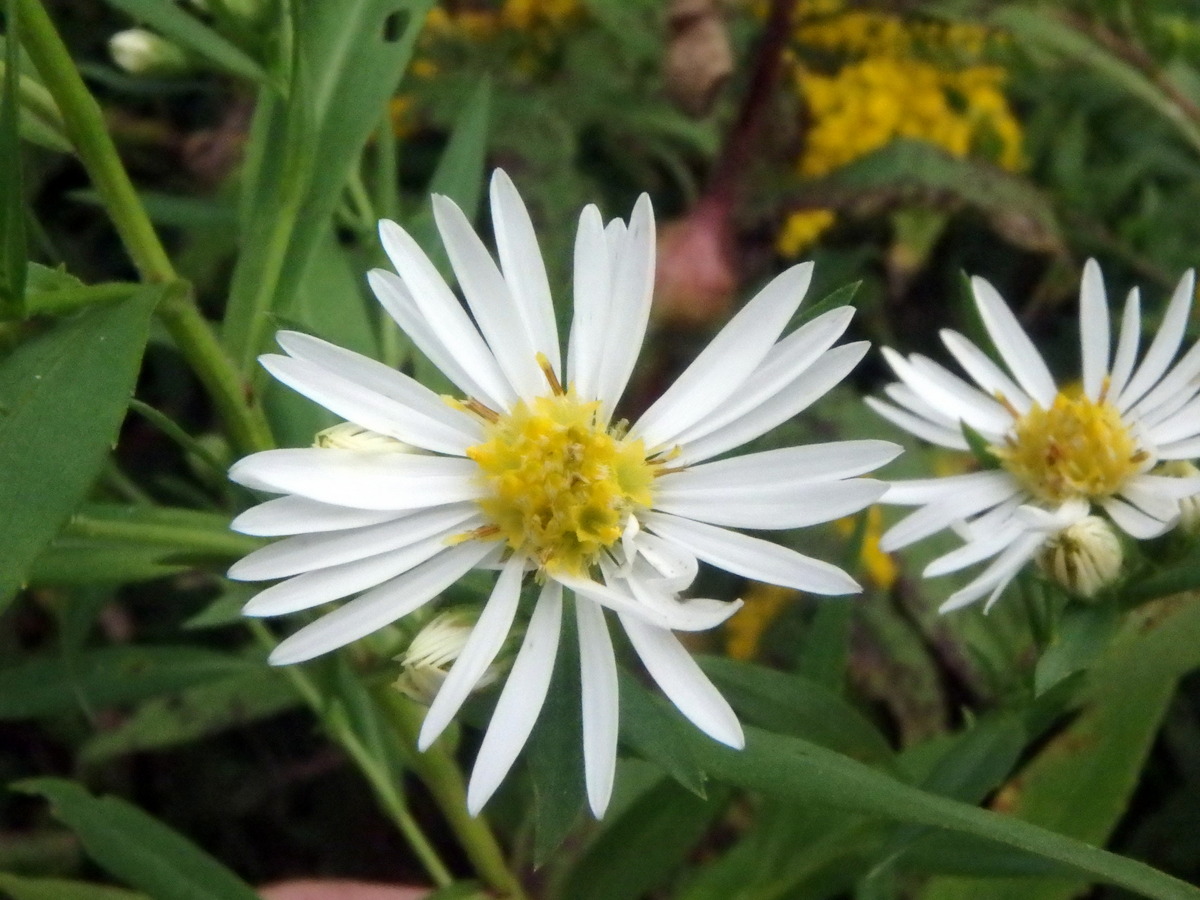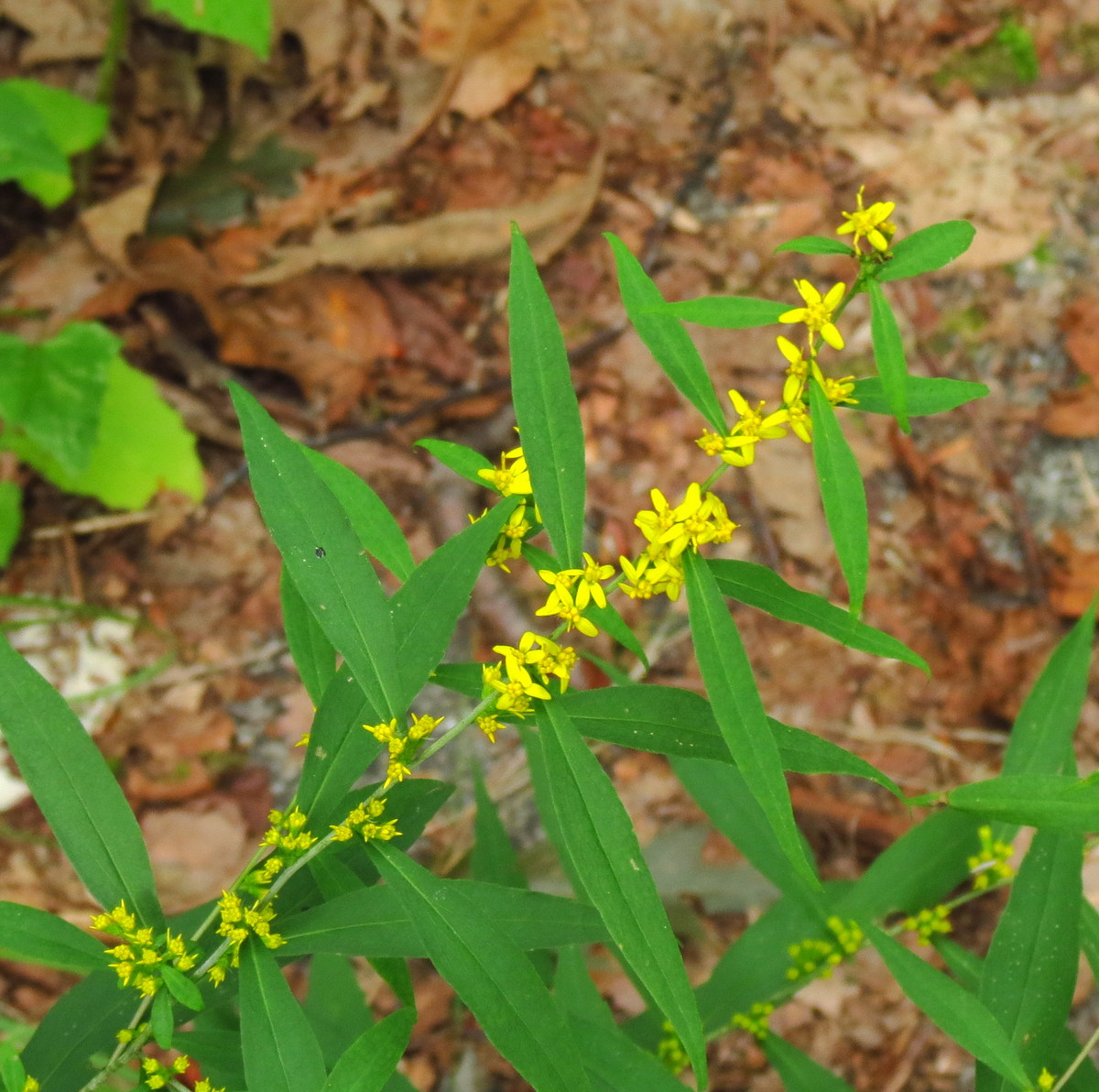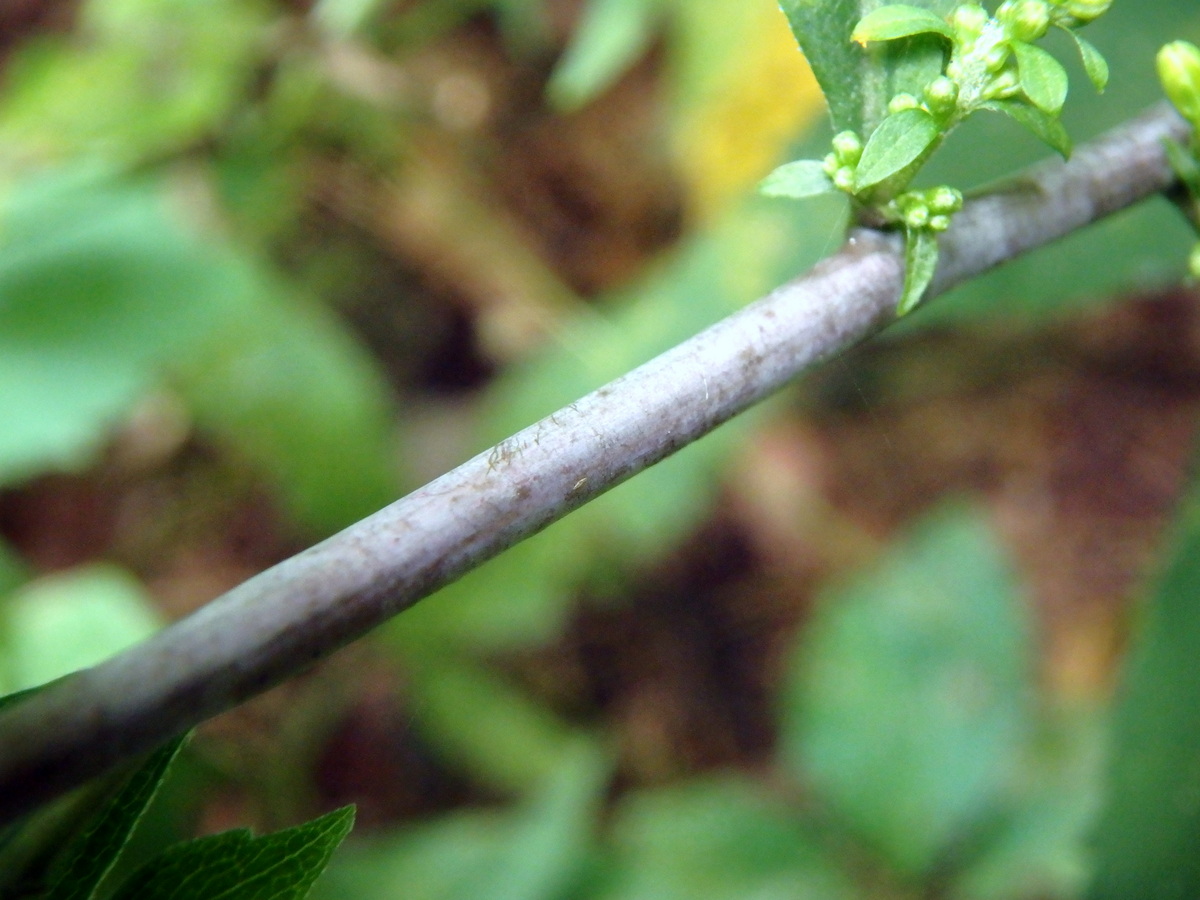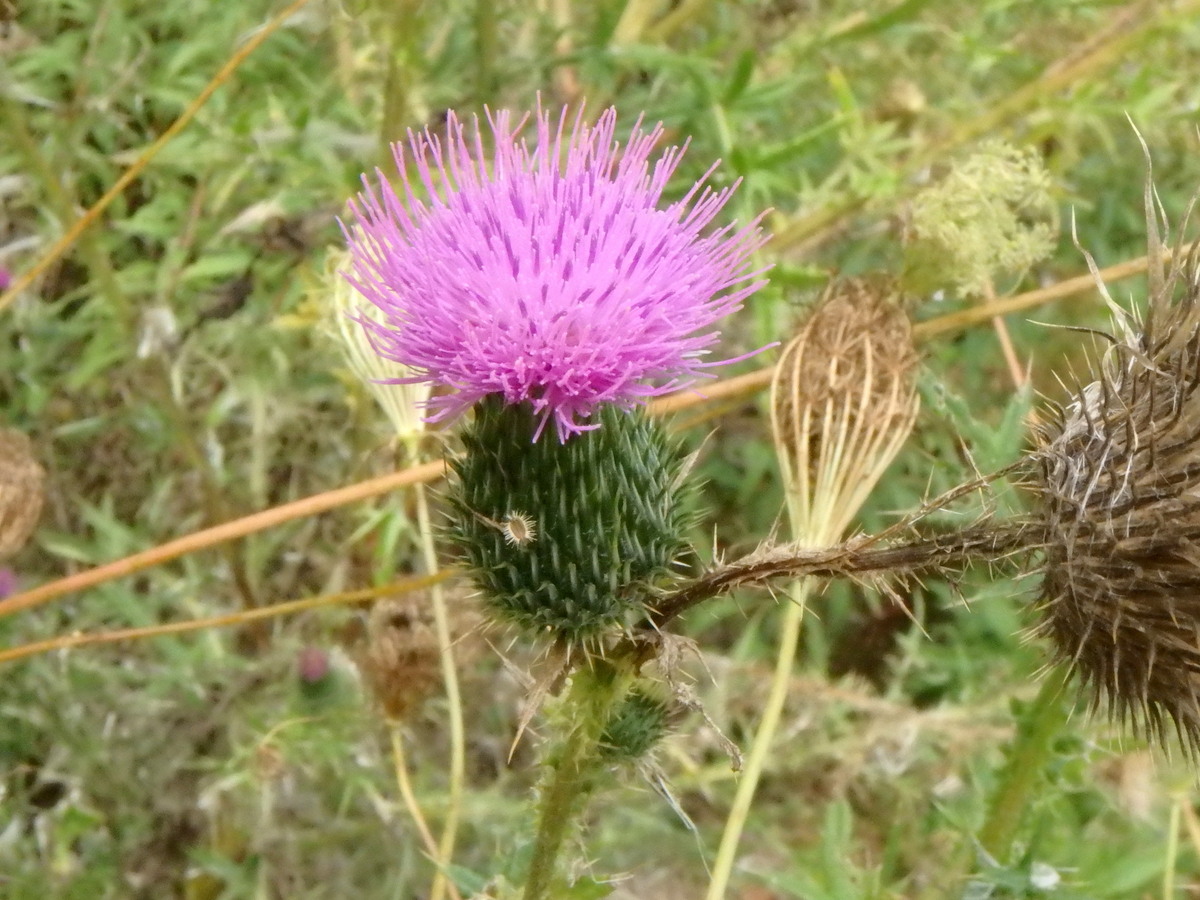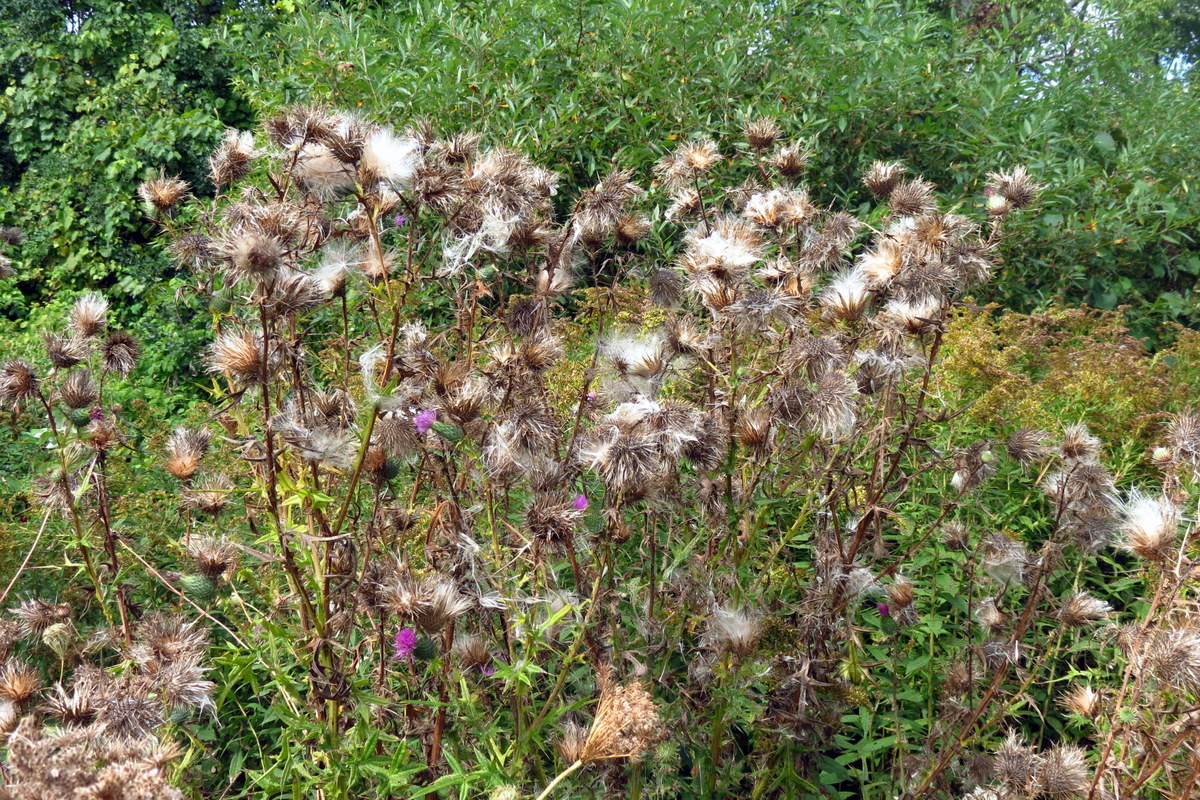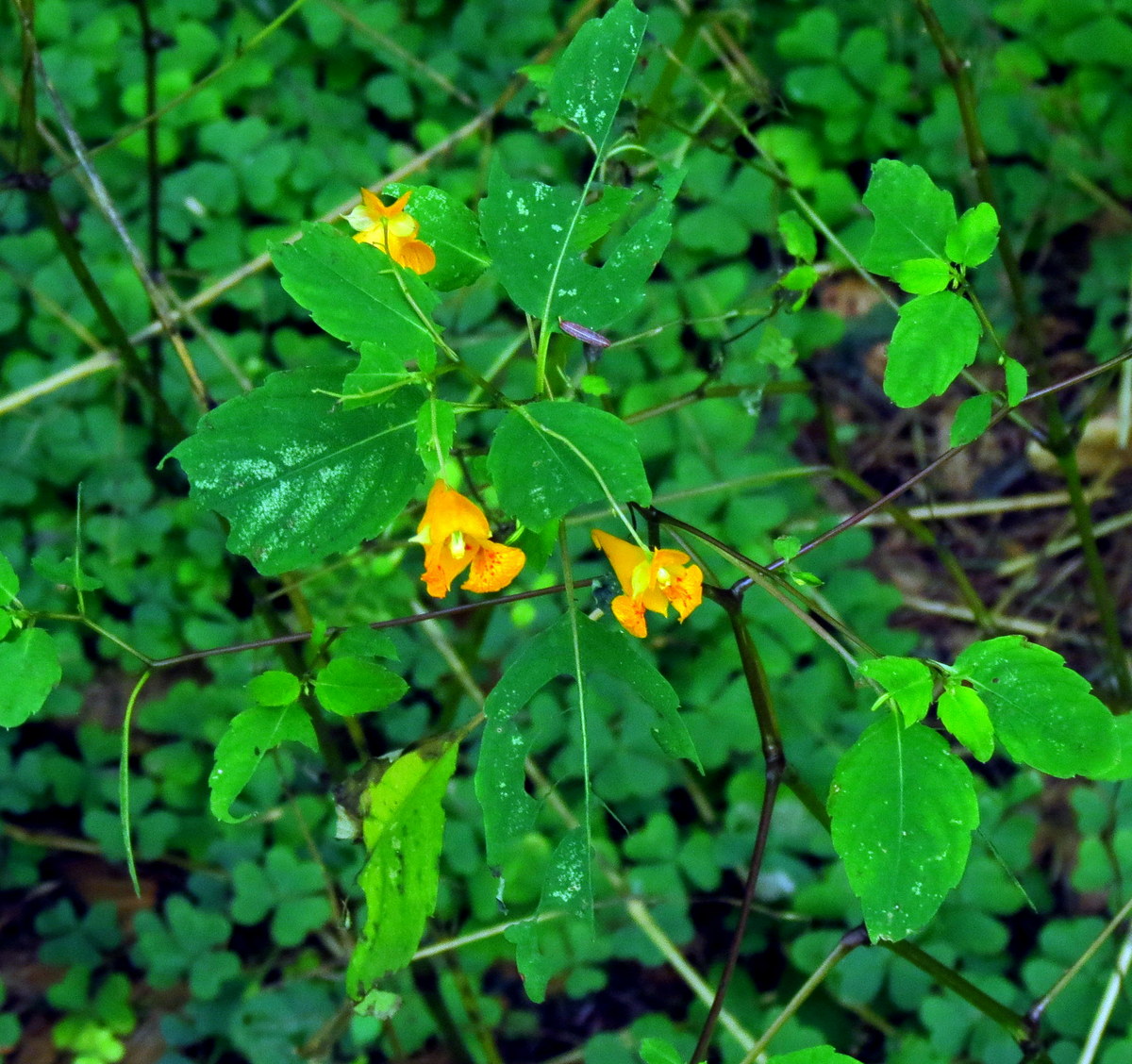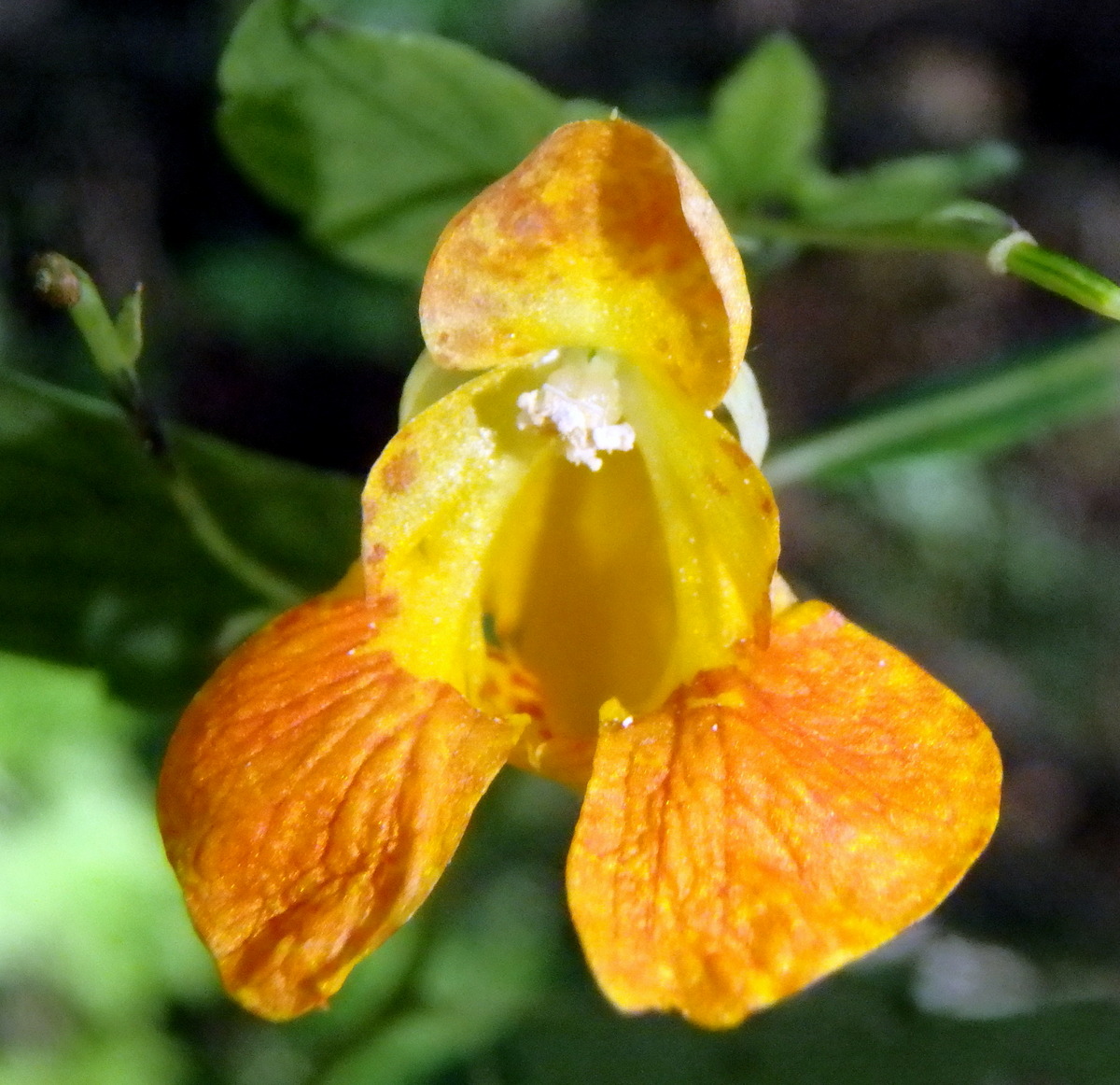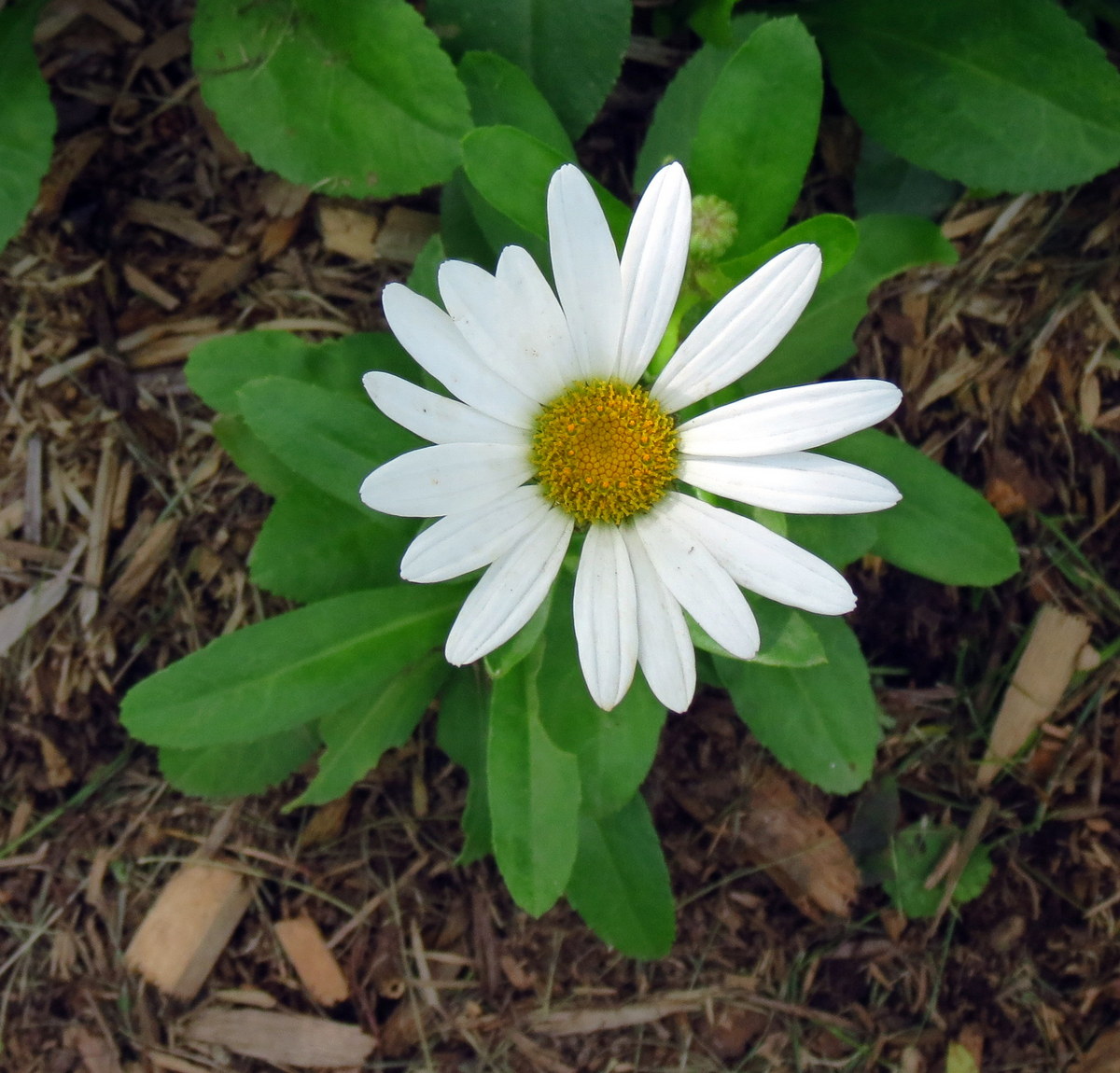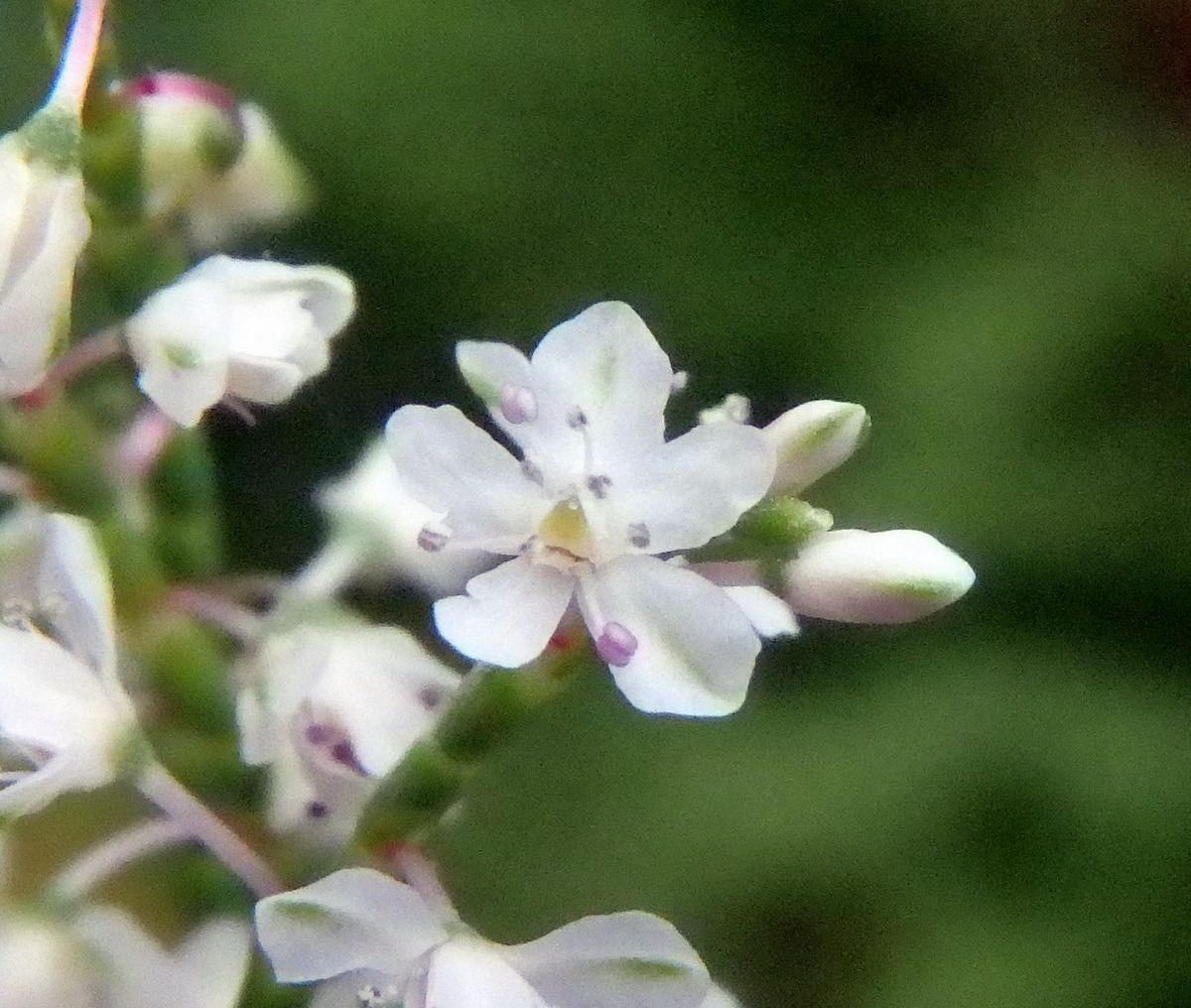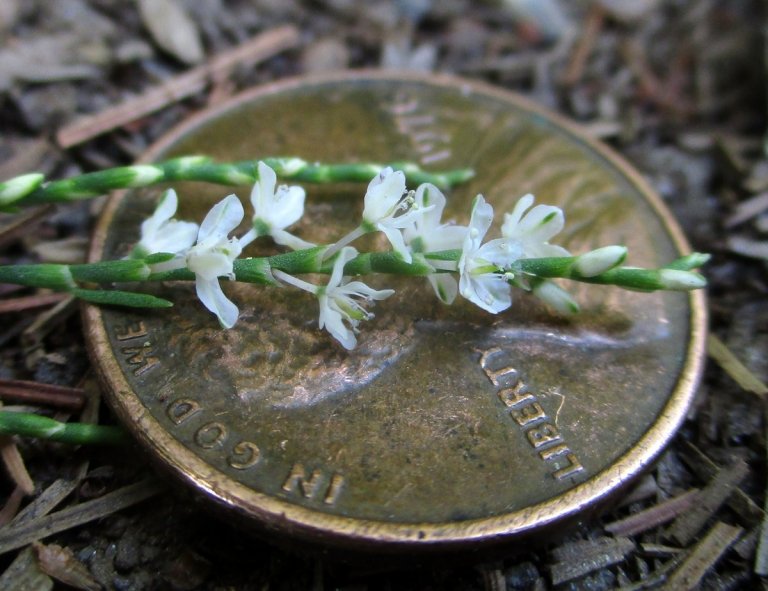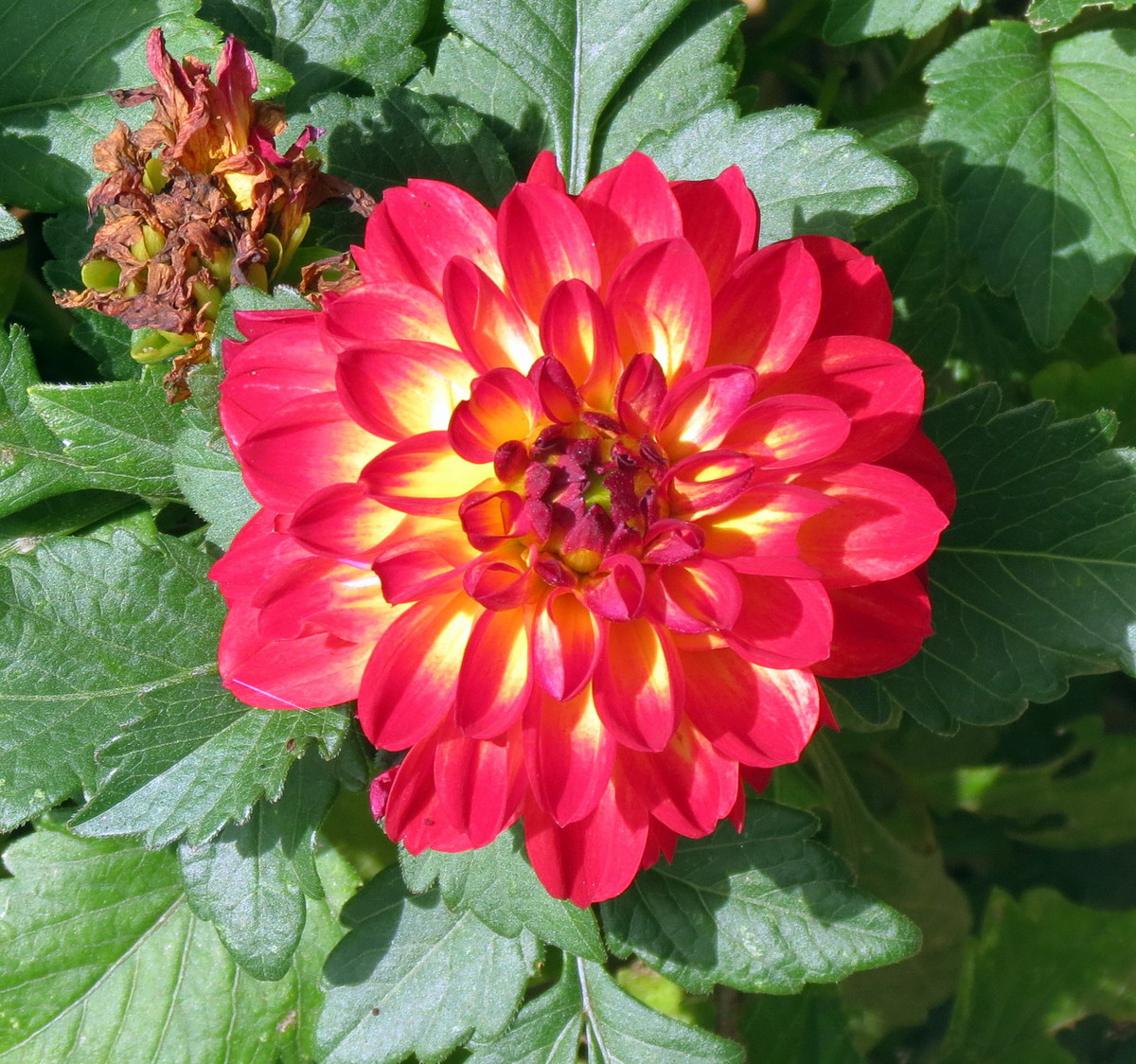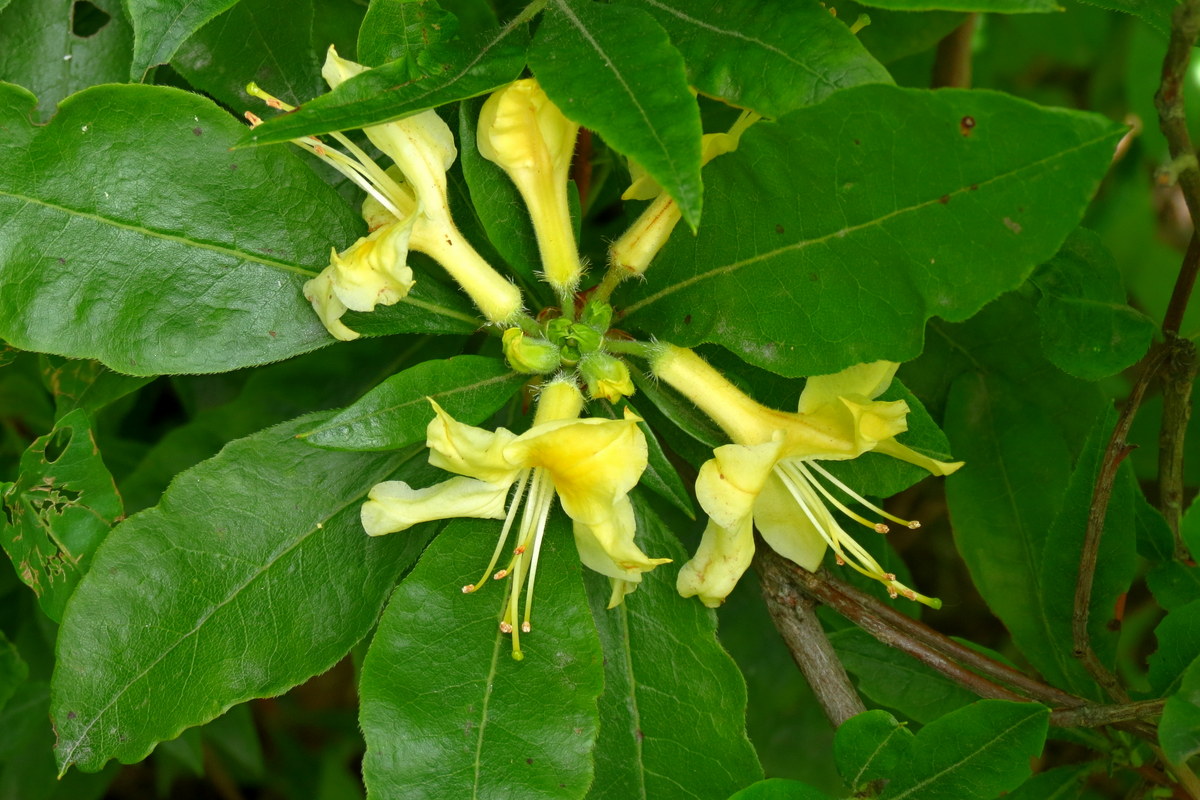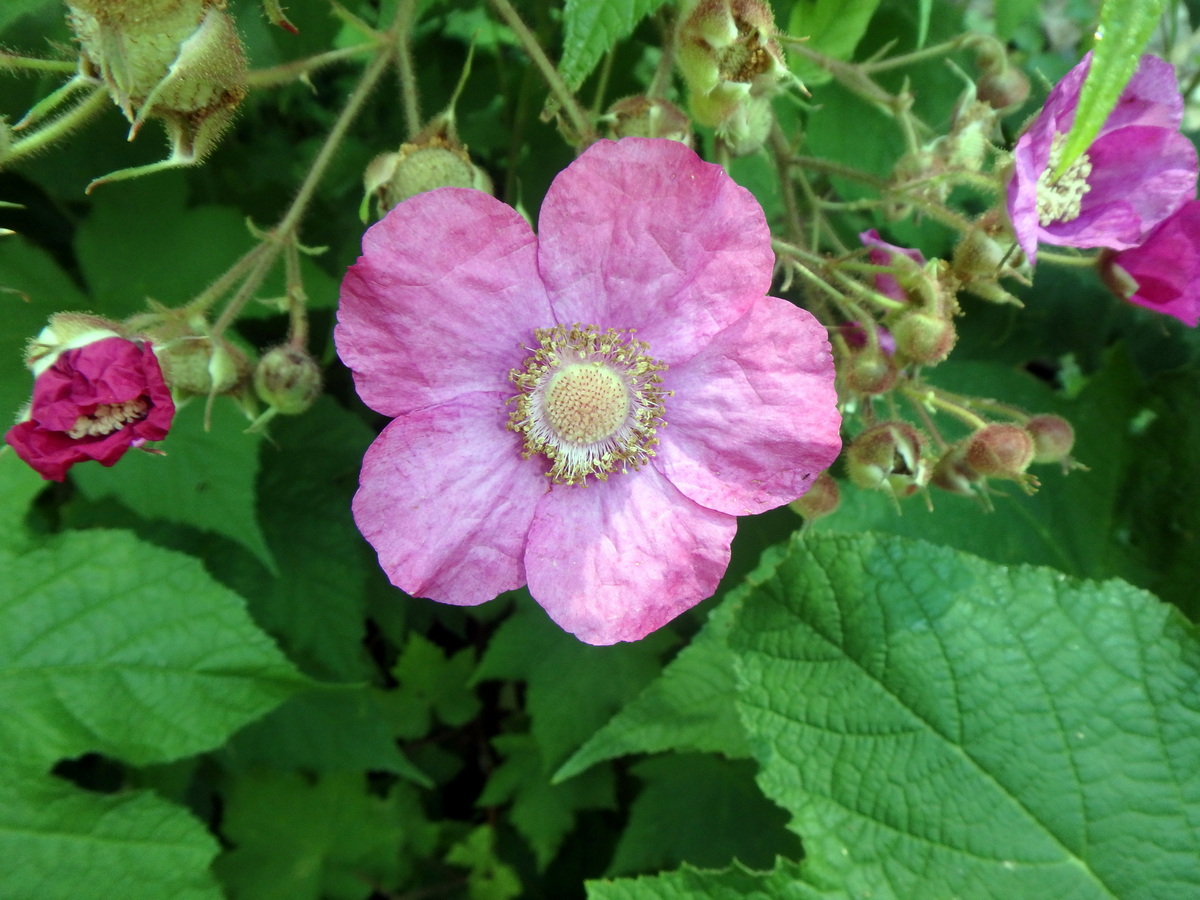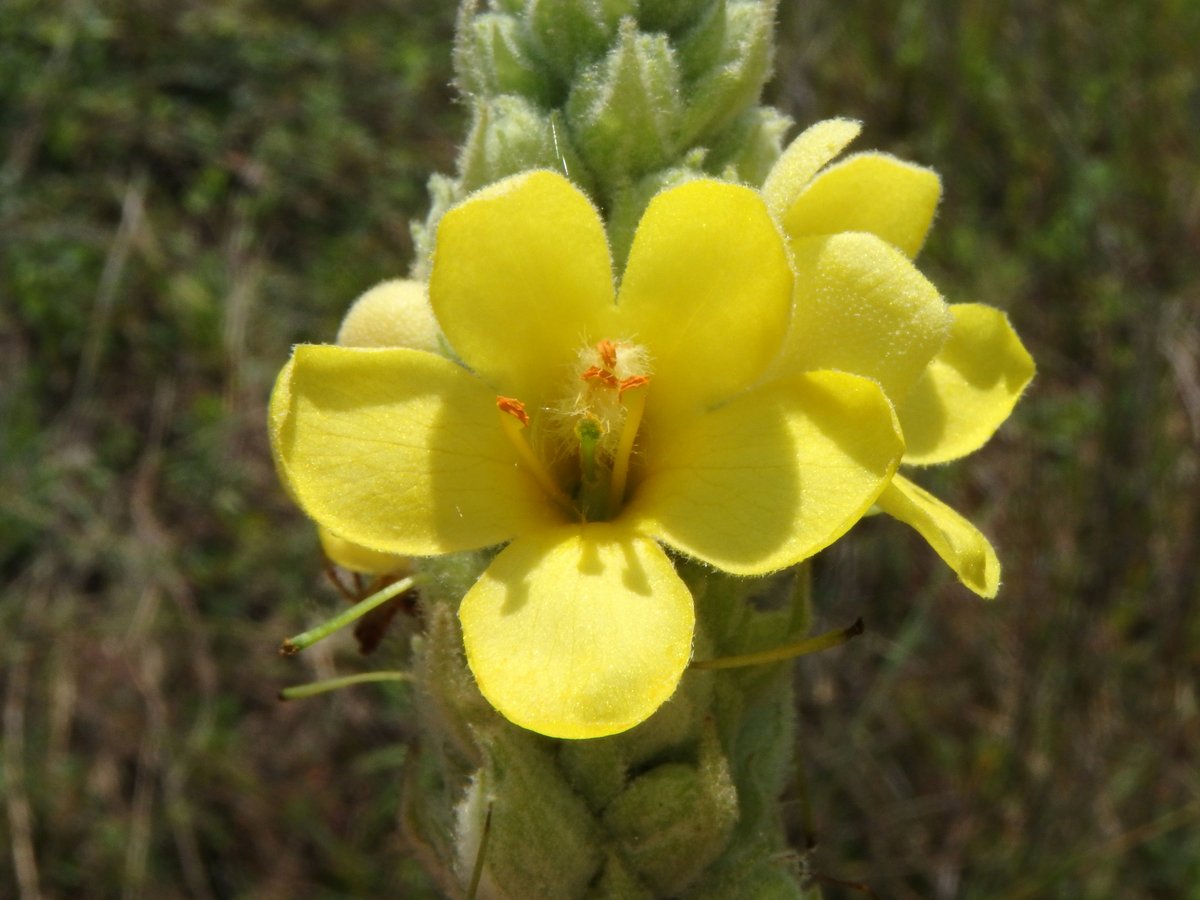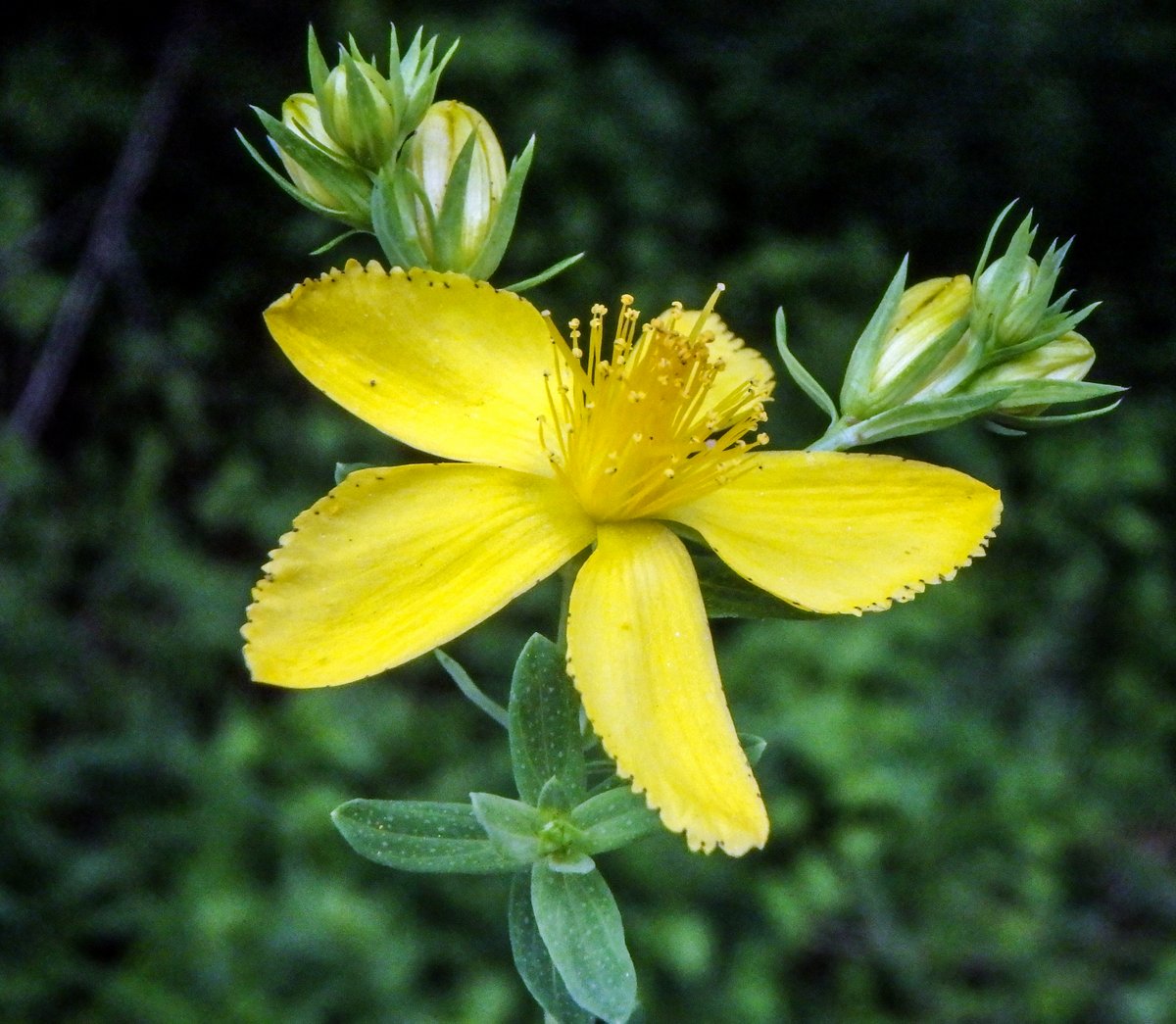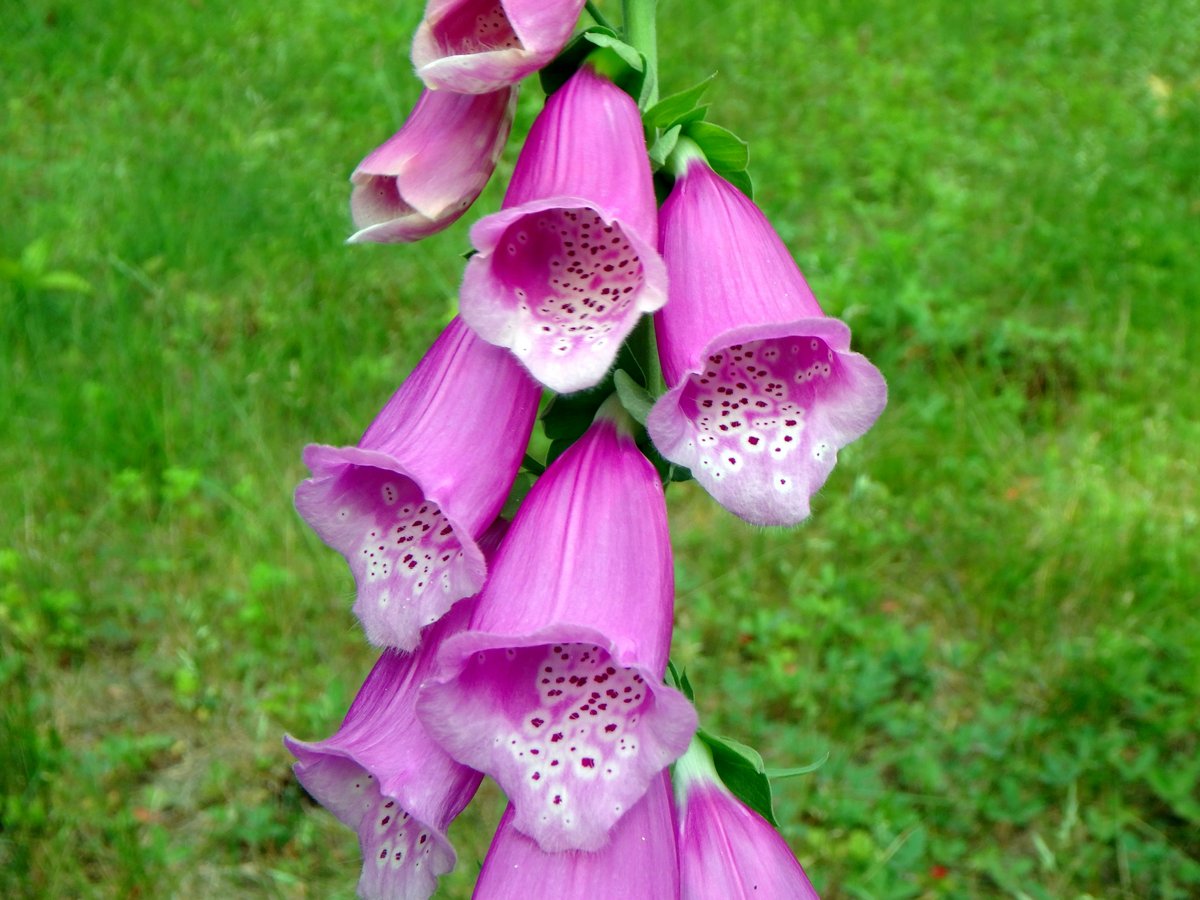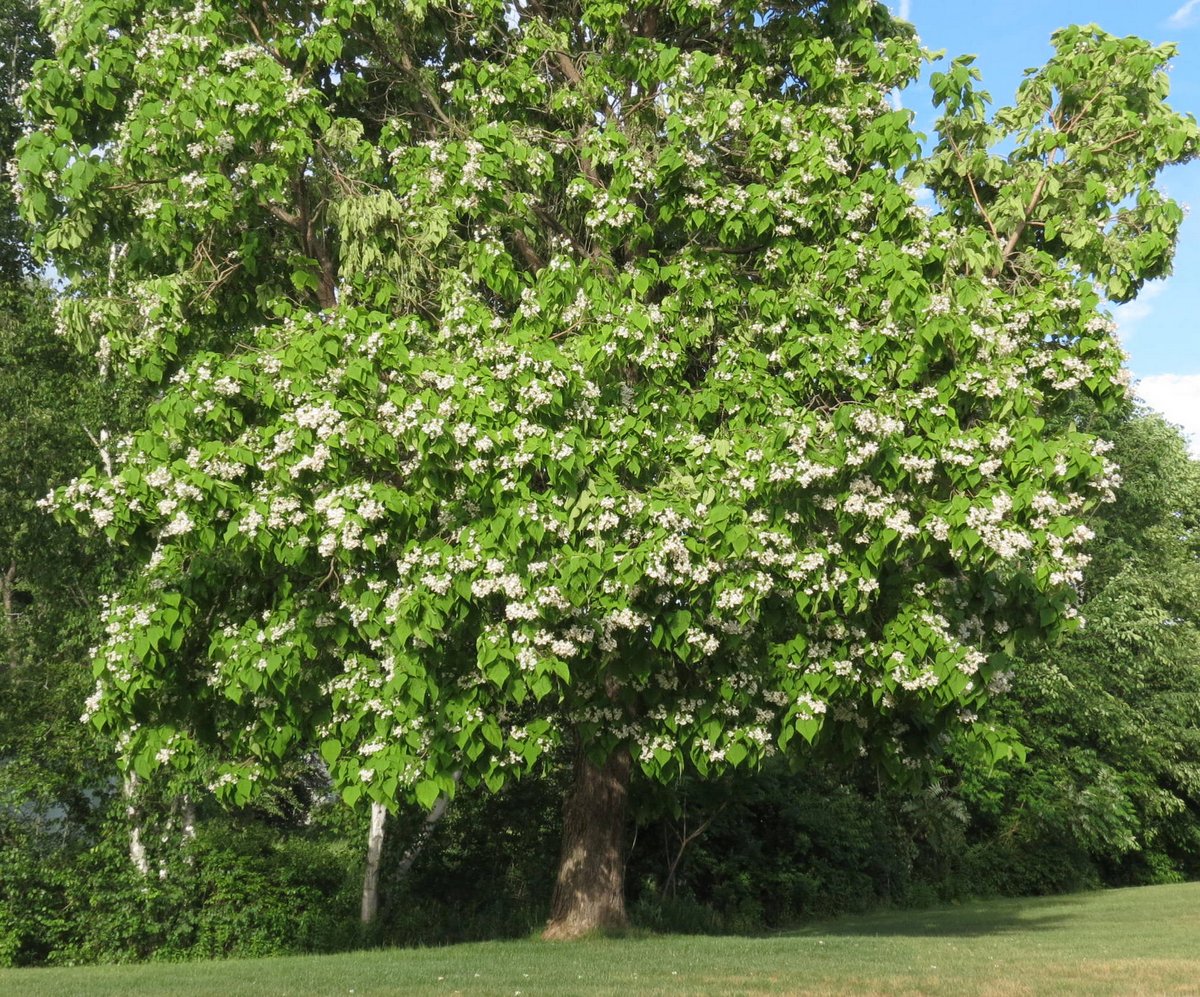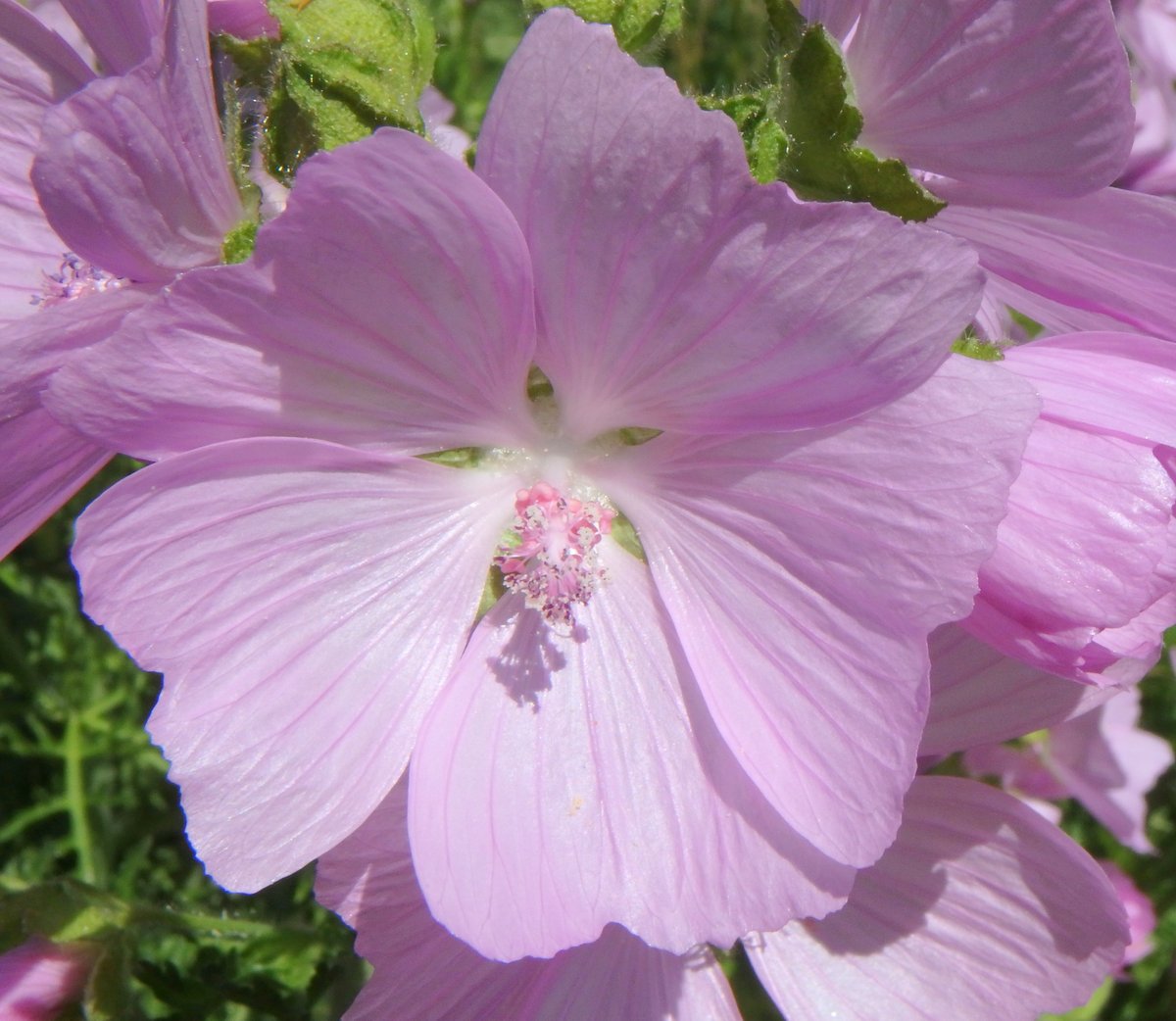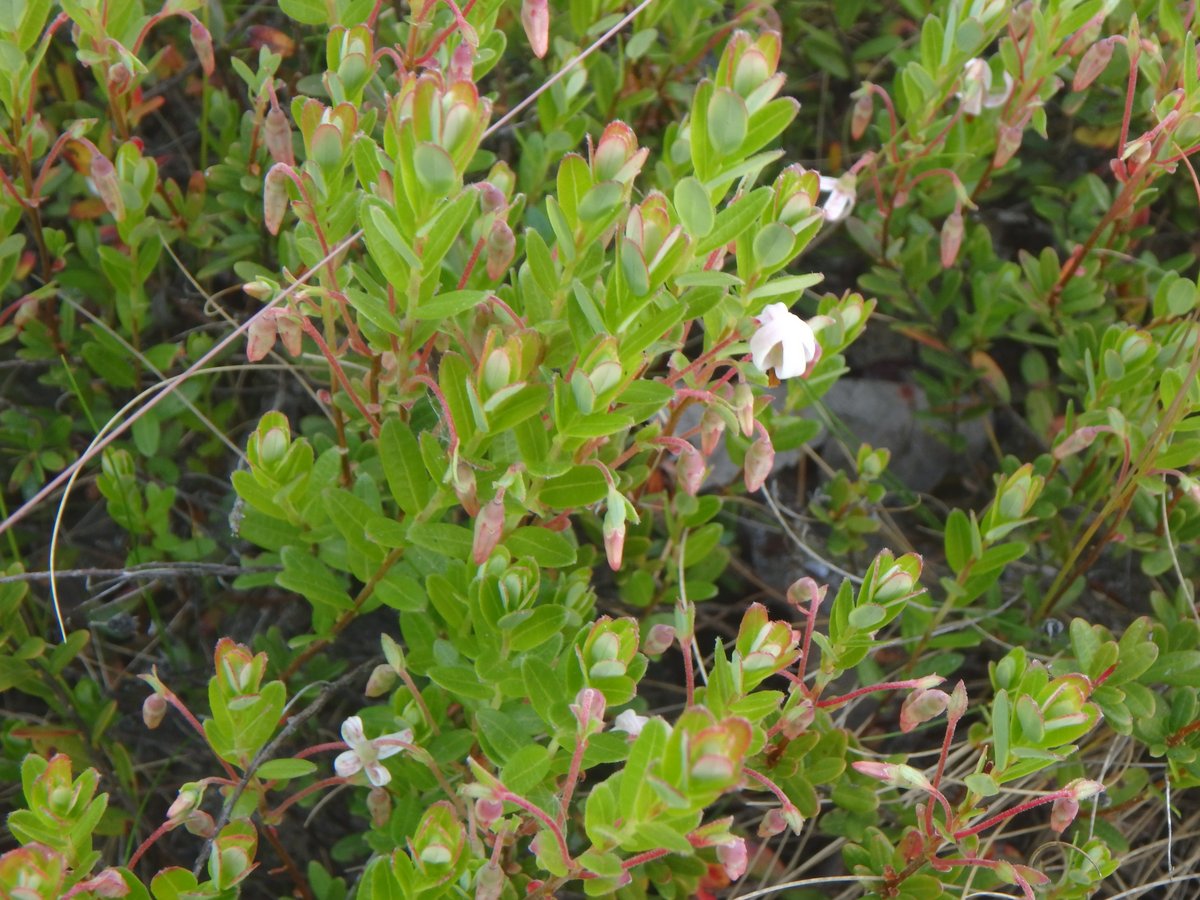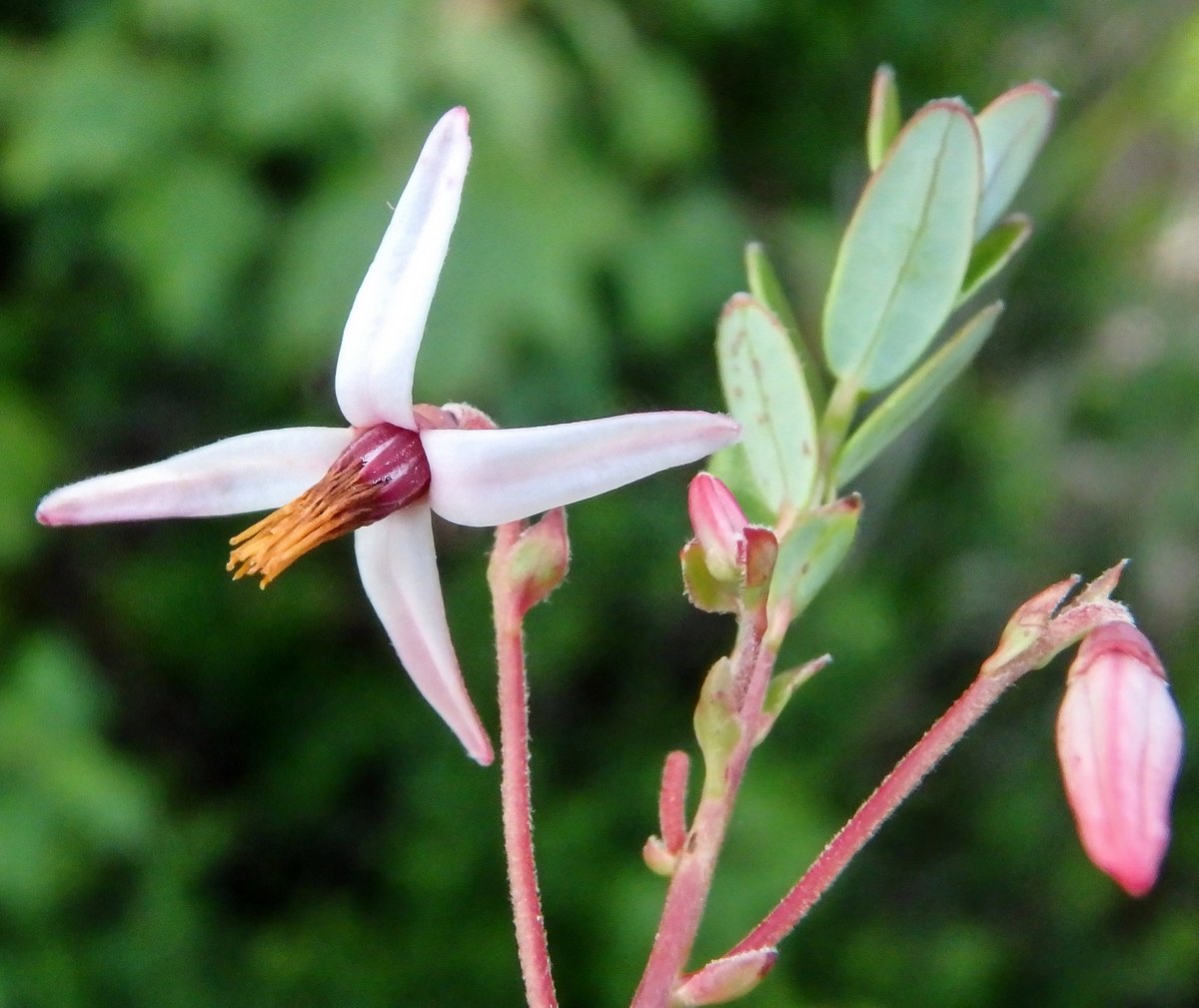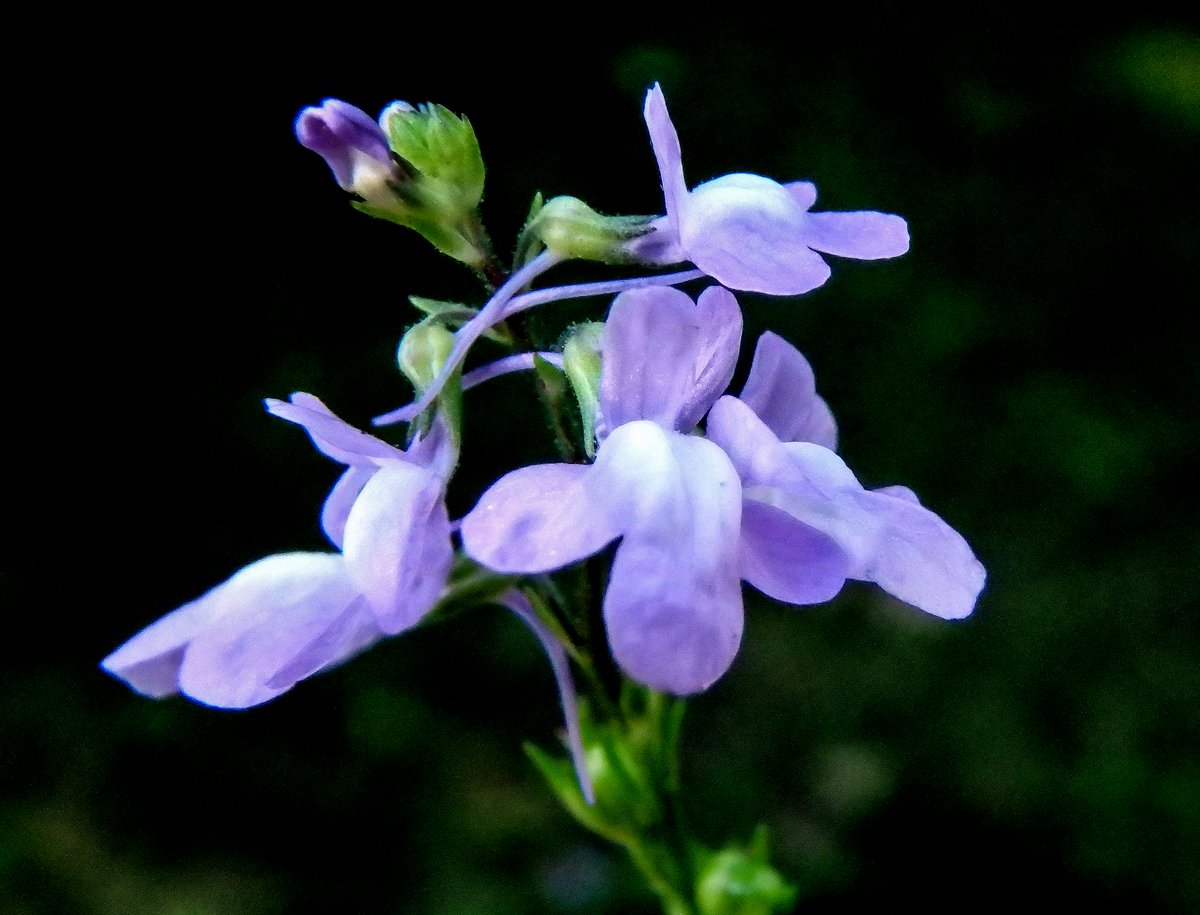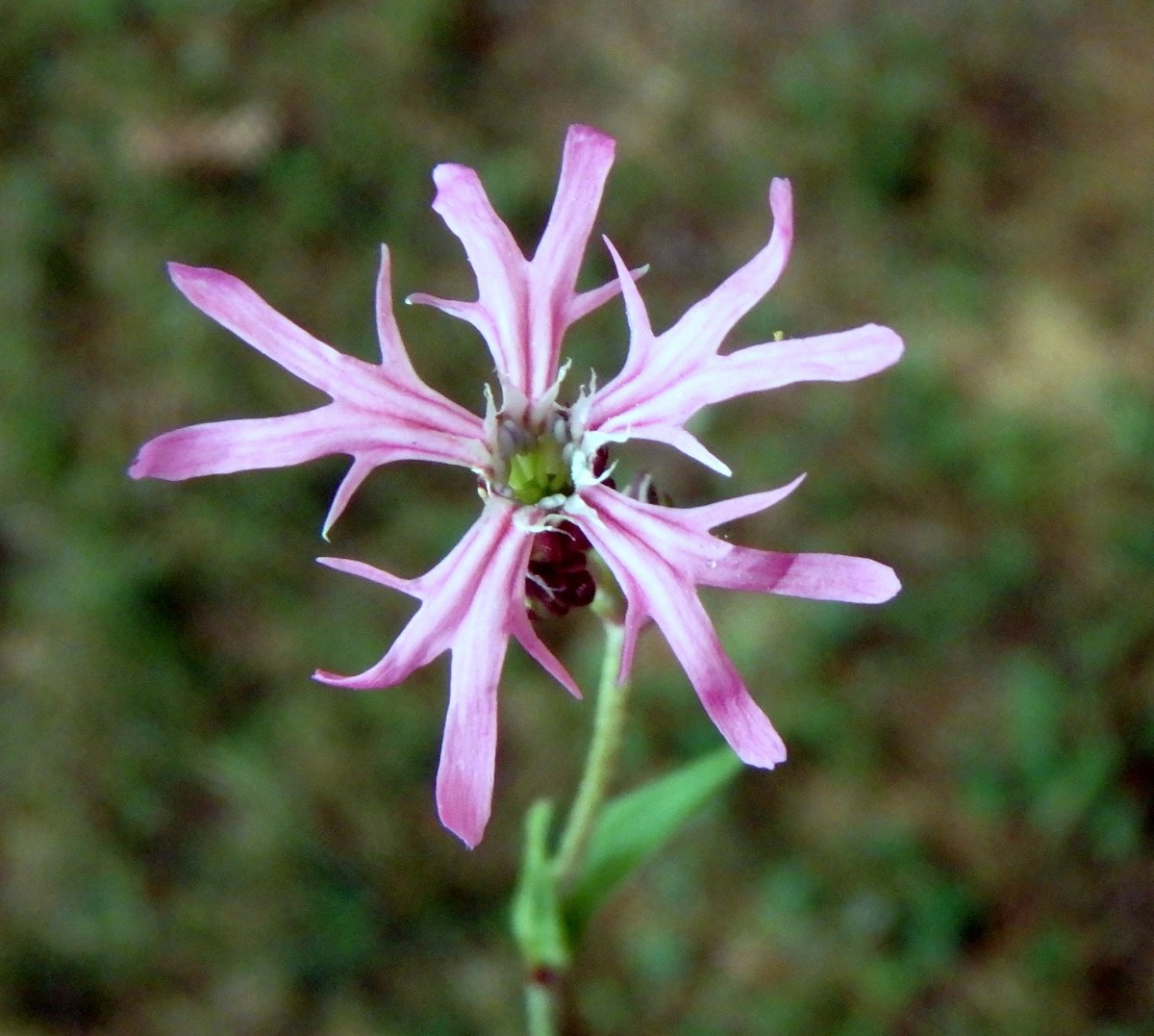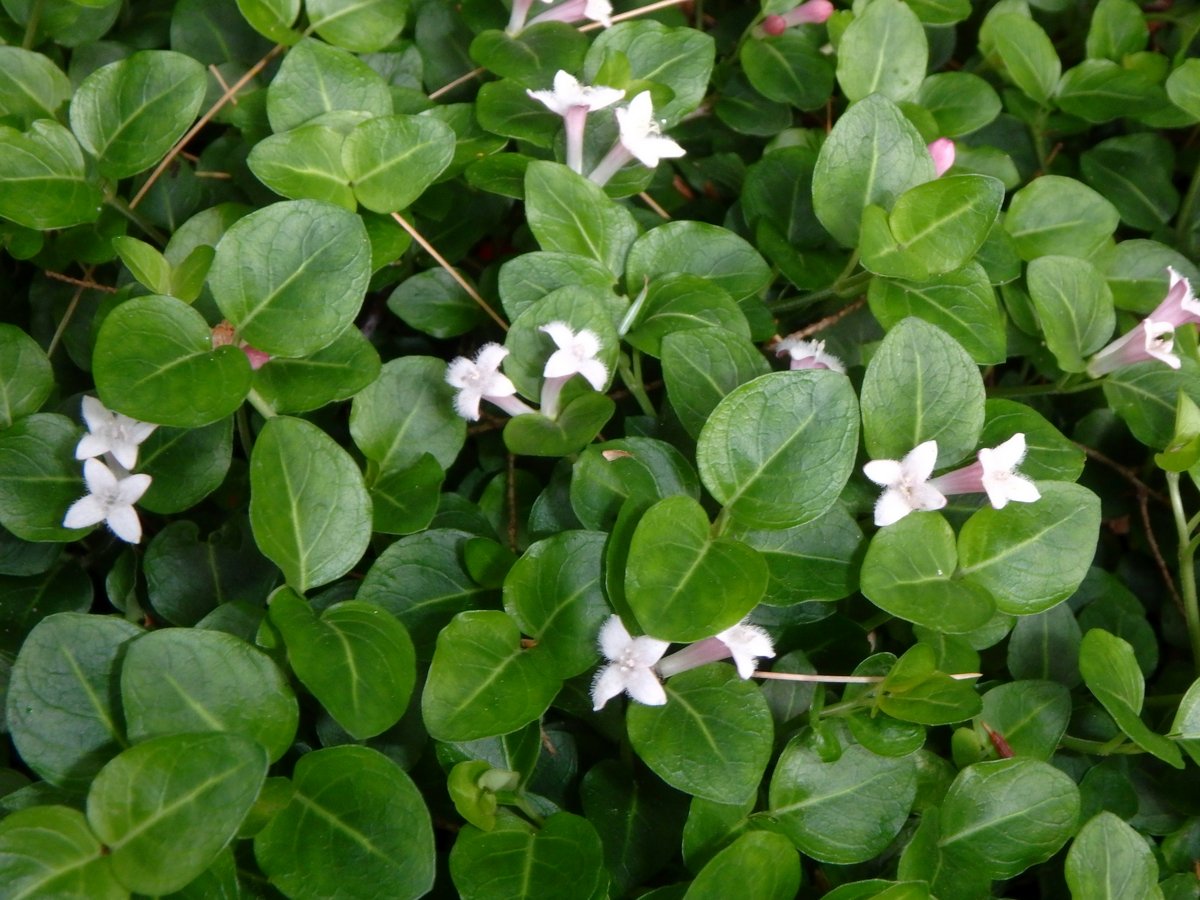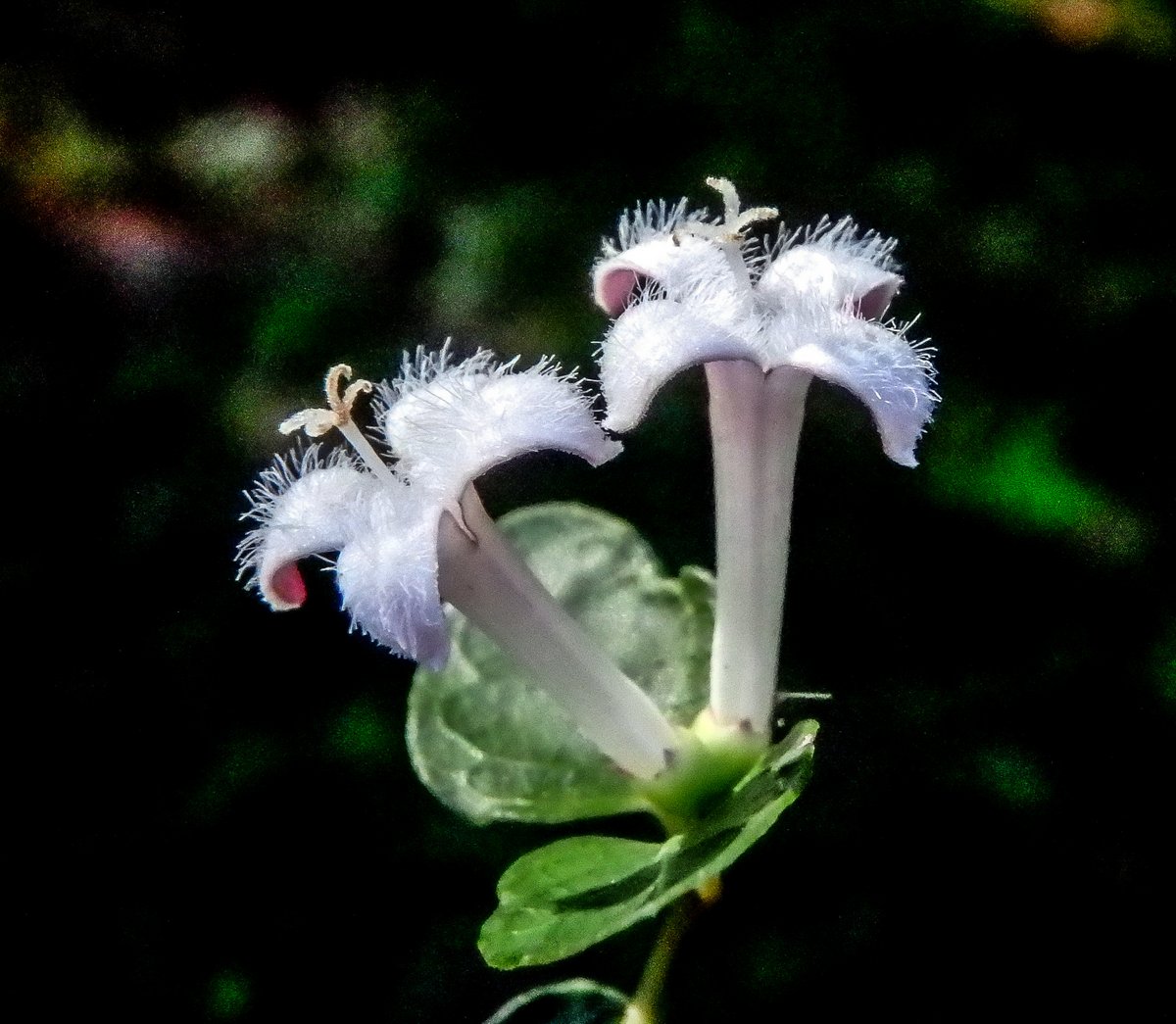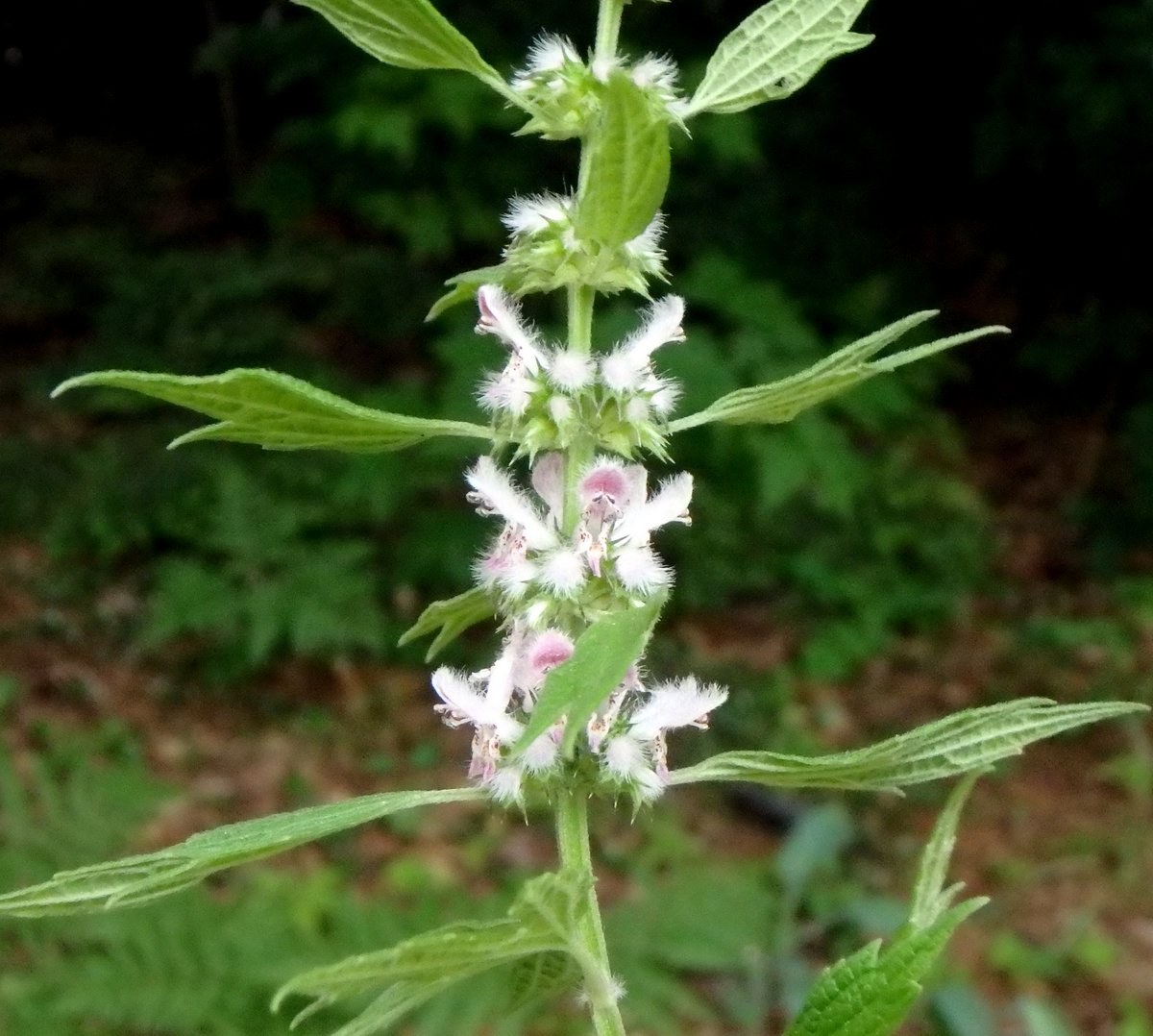
The trees have transformed themselves with blazing color almost overnight this year, and the leaf peepers are here to see them. “Leaf peeper” is what all the tourists who come to see the fall colors are called. For about a month millions of them come and swell the population of the state to twice its size, and they are loved by the people who live here. They stand in awe of the colors with looks of amazement and wonder on their faces and we locals stand right there beside them with the same look on our faces, because no matter how many times we’ve seen this it’s still amazingly beautiful. It’s like being inside a kaleidoscope.

This year I thought I’d take you on a popular leaf peeper mini tour, heading east out of Keene on Rte. 101. There are lots of maple trees along this stretch and maples usually turn earlier than most other trees. Red maples especially have a wide color range and can be yellow, orange, red and sometimes even pink. This shot shows the Branch River on the way to Marlboro on a recent cloudy day. It’s one of my favorite stops to see early color. By the time the oaks and beeches come ablaze most of the trees here in this view have dropped their leaves.

Another thing I sometimes do in these fall color posts is take two shots of the same scene; one under cloudy skies and one in full sunshine. I do this because I’ve always thought that the colors were richer and more vibrant on cloudy days but to be honest that could simply be my eye trouble, because there are lots of people who think brilliant sunshine best shows the colors. It doesn’t matter because it’s all beautiful, but I’ve put some of both sunny and cloudy skies in here and there and I’ll let you decide.

On Rte. 101 in Marlboro as you’re traveling towards Dublin there is a cow pasture on the right and you can often see a line of cars parked alongside the road. The hillside on the other side of the pasture is the reason why, as you can see. It’s one of the most colorful and beautiful places to see along this road in the fall.

Leaving Marlboro and into Dublin is Howe Reservoir, where can be seen more beautiful color from maples. I went twice, once on a cloudy day which is seen above and once on a sunny day. Again, I think the colors “pop” more on cloudy days but one drawback at this particular spot is that clouds will often obscure the view of Mount Monadnock.

This is essentially a continuation of the previous shot, followed to the right. There are beautiful colors here this year.

Here is a view of Mount Monadnock from Howe Reservoir that I spoke of, taken in full sunshine. Once again, I’ll let you decide what you like best.

Here is a red maple that stands just at the edge of Howe Reservoir. In the fall red maples aren’t always red.

I took a left turn onto Rte. 137 in Dublin, heading for Hancock, and stopped at Half Moon Pond where I discovered that the view was very different from this spot than it used to be in the morning before work. At 6:30 am the sun is just coming up over the hills that were behind me, and it falls on the strip of colorful trees there at the edge of the water and lights them up as if they were on fire. I used to stop almost every morning at dawn just to see it happening. On this day the deep colors were bleached out by the bright sunshine. Two geese quickly swam away, apparently upset that I interrupted them. I’ve seen and heard geese flying overhead in formation as well.

There was color along the Nubanusit River in Hancock. This is another stop that I used to sometimes make in the morning.

I used to also drive by this tree every morning, so I could watch it go from hints of color to color on every leaf; another fine example of a red maple in the fall. Without red maples this would be a very different landscape, especially at this time of year. Old timers call these trees “swamp maples” but if you look for that name in a tree identification guide you won’t find it.
From here you can go through the small town of Hancock and return to Keene by way of Rte. 9 south, or you can go back the way we came. Either way it really doesn’t matter because there is glorious color everywhere, along all roads. The big difference between routes is how many places you can stop and get out of the car. I think the way we came on Rte. 101 has more opportunities for doing so.

I thought we could take a rest from the road for a bit and look at few other things that are part of fall in this part of the world, like this beautiful fragrant white waterlily leaf. I loved it for its beautiful color and its veining. It was one leaf on a plant with many leaves and all were green except this one, which dared to be different.

And this will most likely be the last fragrant white waterlily bloom we’ll see until next spring. I took the photo about three weeks ago, I think.

Poison ivy is beautifully red this year. You might want to touch it or pick a few leaves to dry or press, but you might want to think that over because unless you’re immune to its toxins you’ll itch like mad for a week or two. Once it’s on your hands it can spread to other parts of the body and before you know it you have it all over you. The old saying leaves of three, let them be, is true.

Growing up out of the large bed of poison ivy was a Solomon’s seal plant with fruit dangling under the leaves. I’ve tried and tried to get a shot of the berries for years without much satisfaction but this year I decided to use my cell phone and the shot I got with it is what you see here. Very carefully, without touching any leaves, I reached up and over the poison ivy, and I haven’t itched at all.

I stopped to see the asters that grow in a local park one day and I think I saw as many bees as I did flowers. We hear a lot of bad news about bees and I can’t say whether it is right or wrong, but I do know that I’ve seen more bees this summer than I can ever remember seeing. If you look closely you’ll see them in this photo. Honeybees, I believe.

Here is a close look at one of those bees. I wanted to show you the open (true) flowers of a daisy and along came this accommodating bee to show you how they worked. This is a Montauk daisy which also grows in the park, and which was originally developed in Japan. For that reason it is also called the Nippon daisy. It is like a Shasta daisy on steroids and is very hardy. I saw them blooming in a snowstorm one year in late fall.

I went to Robin Hood Park in Keene and just as I got to the trail entrance I saw this sign. Attack owl or not I would follow this trail. As I walked along I could hear the flapping of wings, as if a bird sat in a tree above and was flapping its wings, but I never saw the source of the sound and I never saw an owl.

I wanted to follow the trail because lots of maple leaved viburnums grow here, and they’re beautiful at this time of year. They come in a wide range of colors and these examples were a kind of orangey pink.

And these were a deep purple, which is my favorite. If you’re looking for a native shrub that will attract birds and other wildlife and put on a good show in the fall, you might want to consider maple leaved viburnums. They’re a “plant it and forget it” shrub that ask for nothing except an hour or two of sunlight. Here at the park they grow in the shade of old white pines, maples, and oaks.

The next day was cloudy, so I visited the Army Corps of Engineer’s Dam in Surry for this view of one of the hillsides that was blasted during the dam’s construction. It was too dim on this overcast evening for the Canon camera that I often use for landscapes so I used one of the cell phone cameras, which do better in low light. It was the evening light that was important because in this light the color of the stone changes from ash gray to the beautiful blue gray color seen here. The contrast between the blue of the stone and the many colored shrubs / trees is beautiful and I could have stood here enjoying the scene for much longer if the sun hadn’t been going down. It’s one of my favorite places to come in the fall because it speaks of the beauty that can be found in wilderness. Or what was once wilderness; if you somehow tumbled down this slope today you’d end up in the dam’s spillway, so let’s make sure that doesn’t happen. If memory serves me correctly some teenagers climbed the safety fences one day and had to be rescued from this slope.

Surry dam dams up the Ashuelot river enough to create Ashuelot Lake behind it, but what trickles through is once again called the Ashuelot River, seen here just after it leaves the dam and begins its run through Bretwood golf course.

I headed south from Surry and once again ended up back in Keene, where I stopped at the Ashuelot River again. Following the trail through Ashuelot Park that winds alongside the river, I came upon this scene. As you could see there was a cloudless sky and it was too bad I thought, that the sun shined so brightly.

I was surprised to see an arrowwood viburnum still full of berries. The birds usually strip them of the pretty berries as soon as they ripen.

I went to a spot where many cinnamon ferns grow to see if they had turned pumpkin orange yet. They had, and they were beautiful.

I remembered that I hadn’t gone up to Beaver Brook natural area in Keene to see the only examples of blue stemmed goldenrod, so I went there to see it. The only trouble was, its stems weren’t blue. The blue color comes from the same naturally occurring wax crystals that cause the “bloom” on plums, blueberries and many other things found in nature. A lot of heat can melt them and a lot of rain can wash them away, and we’ve had both. If you look closely though you can see a hint of a blue stem running just over the leaf litter under this flowering stem.

Beaver brook was as beautiful as ever, and I knew I’d have to come back when I had time to walk the full length of the road. There are lots of oaks and beeches here and as I’ve said elsewhere in this post, they’re beautiful trees in the fall.
So you’ve seen the slice of fall color in the south western corner of New Hampshire for this week but we’re just getting started, so there will be plenty more to see.
Mere color, unspoiled by meaning, and unallied with definite form, can speak to the soul in a thousand different ways. ~Oscar Wilde
Thanks for stopping in.
